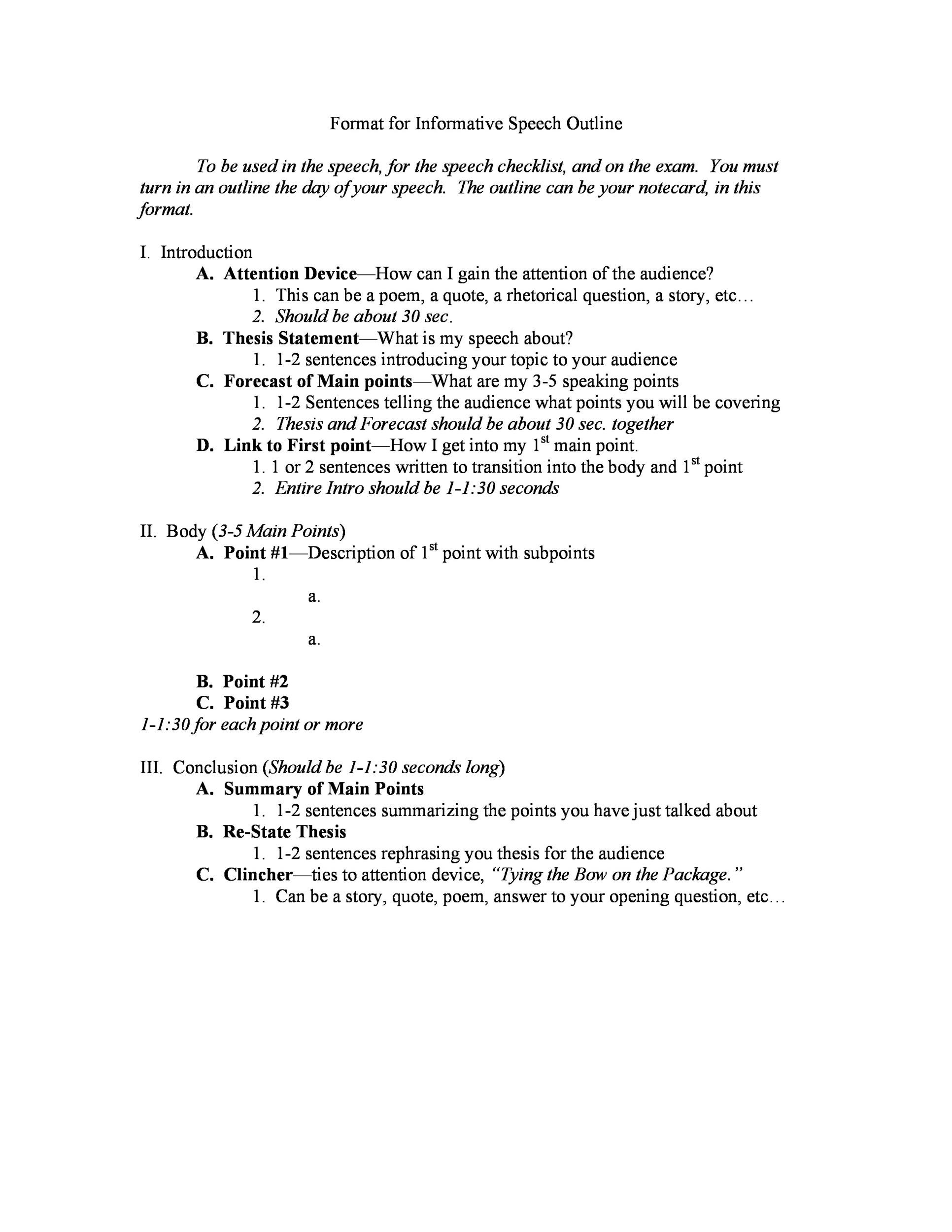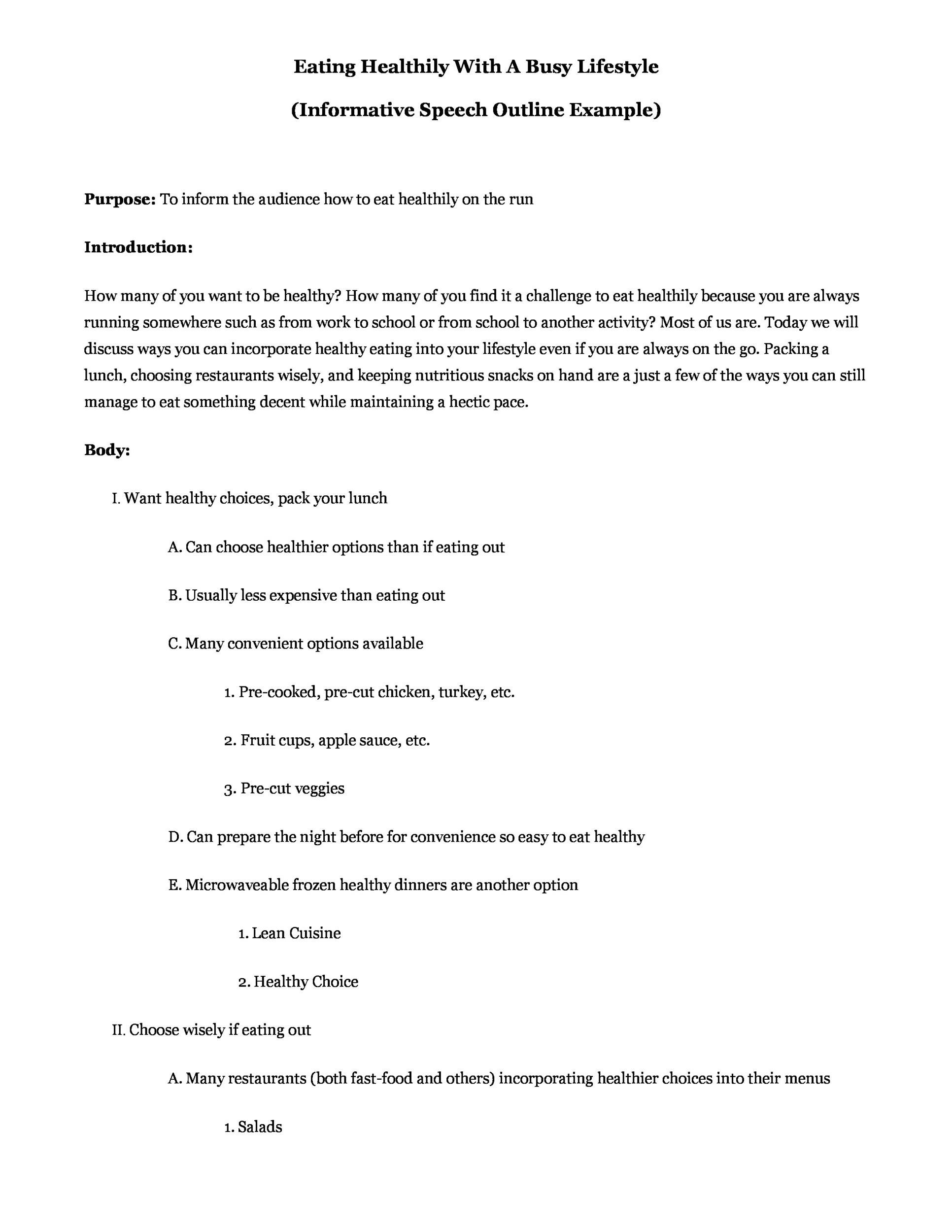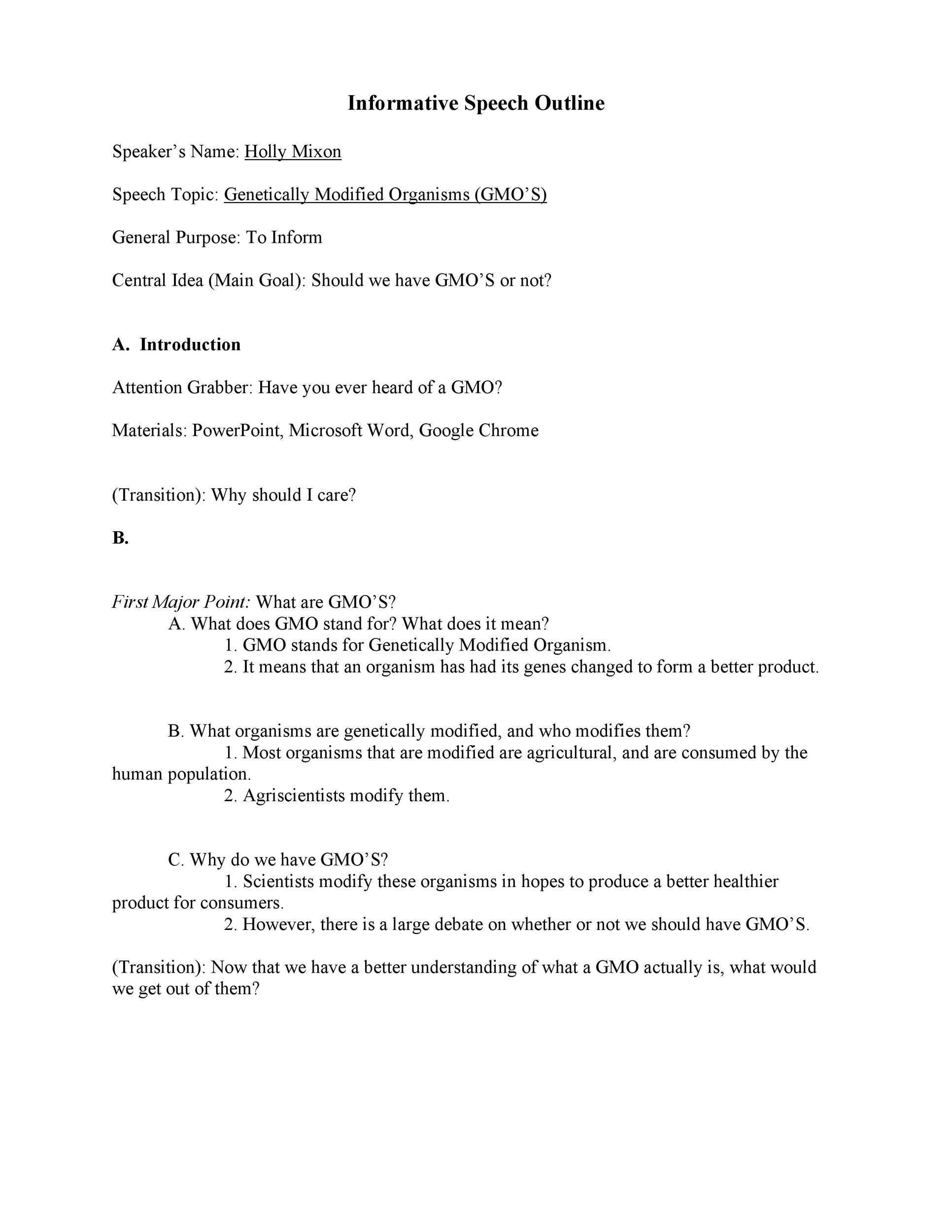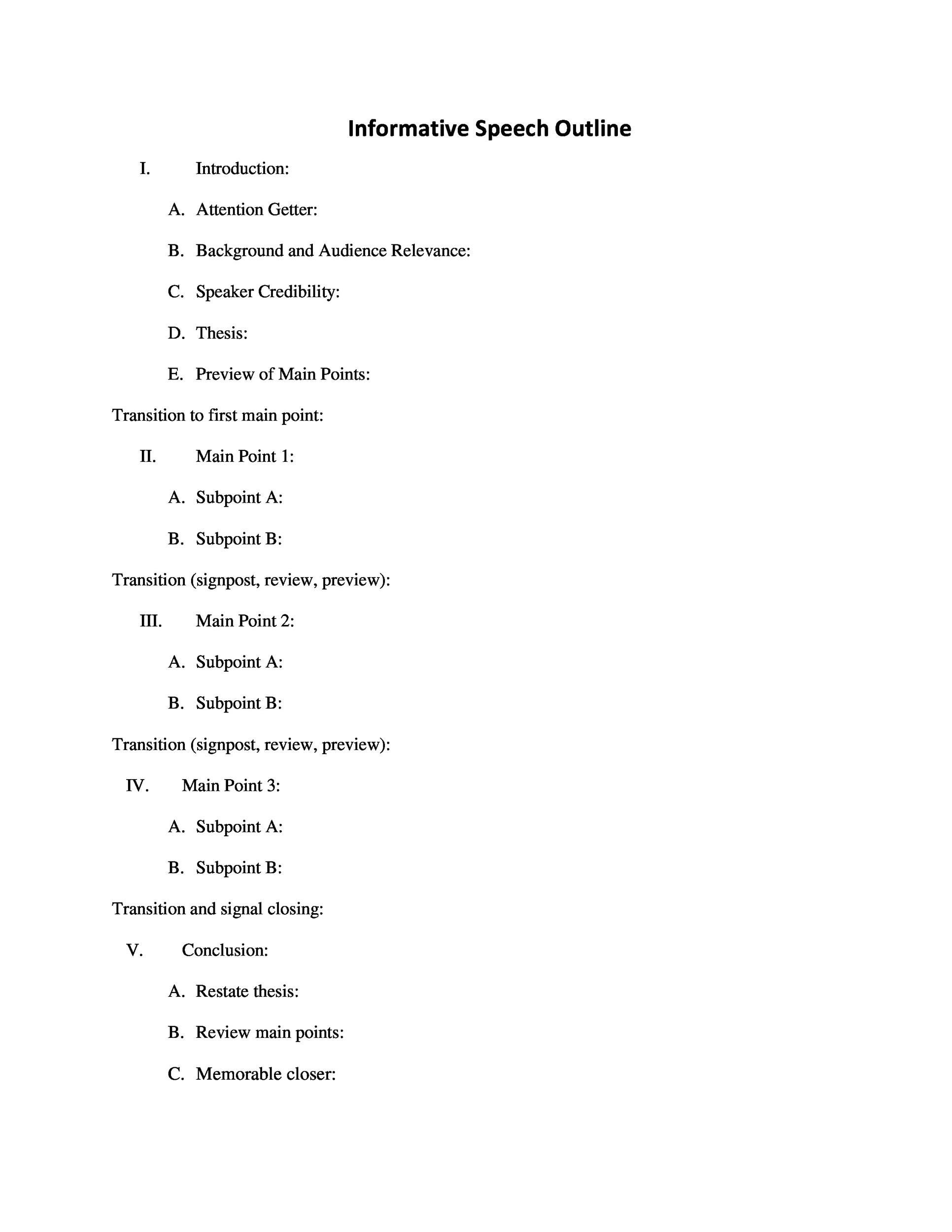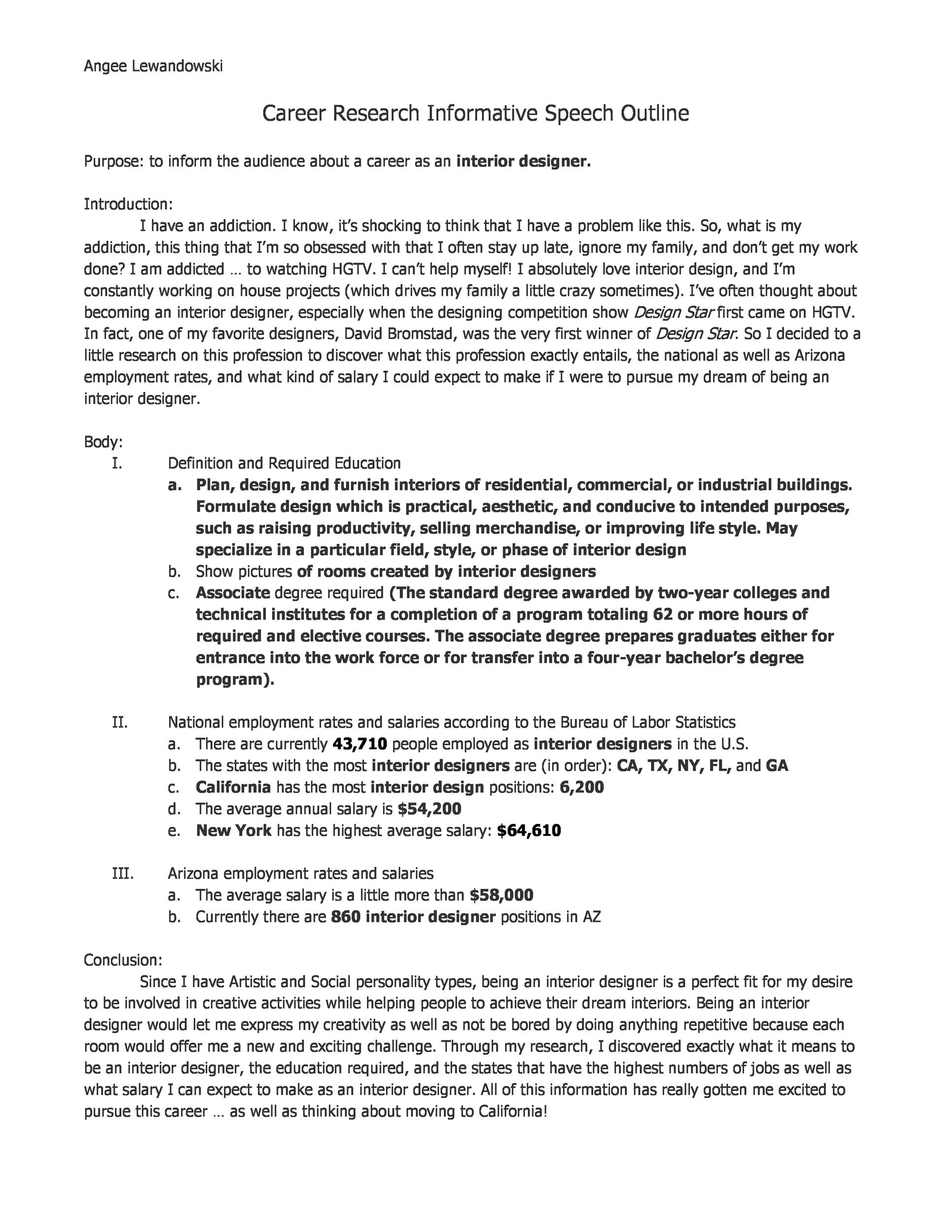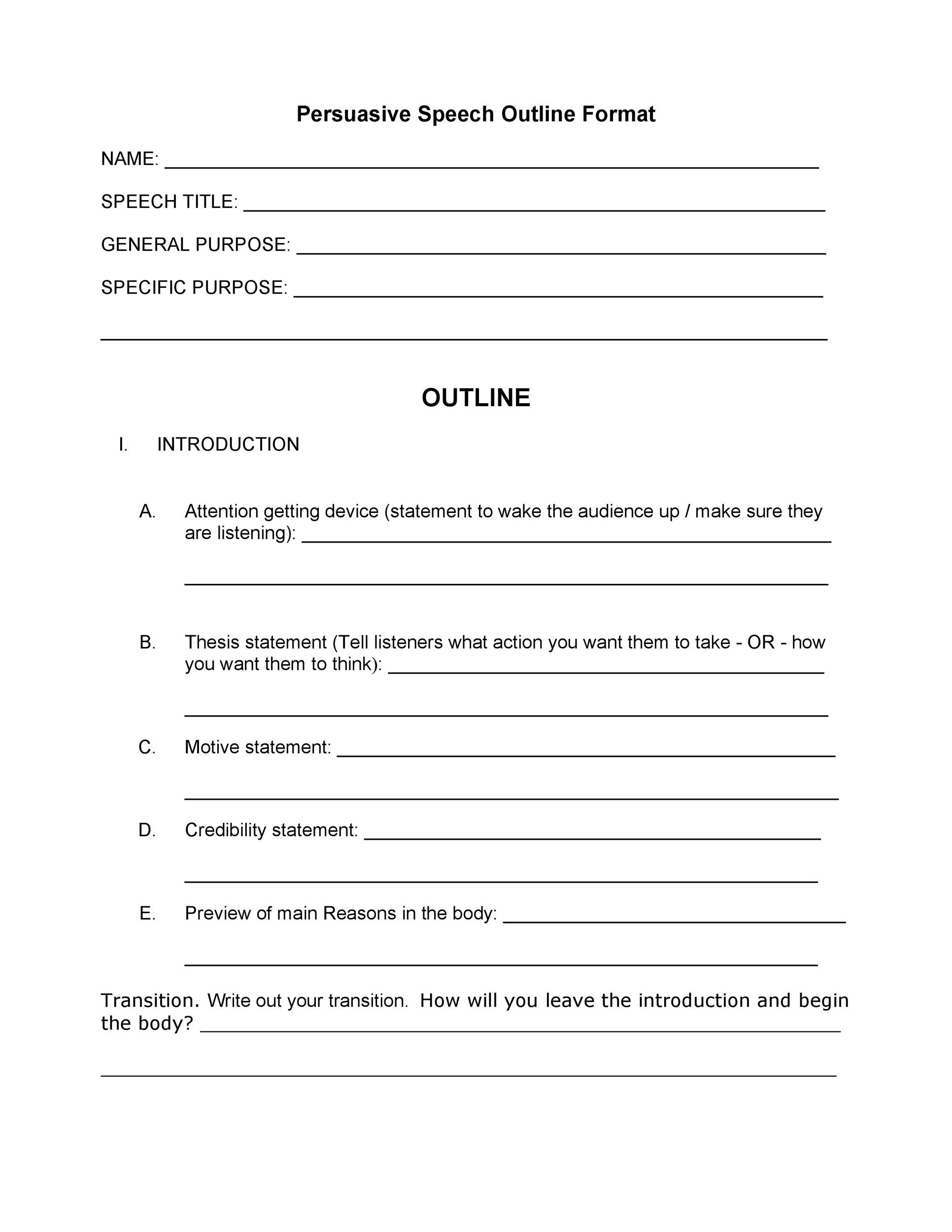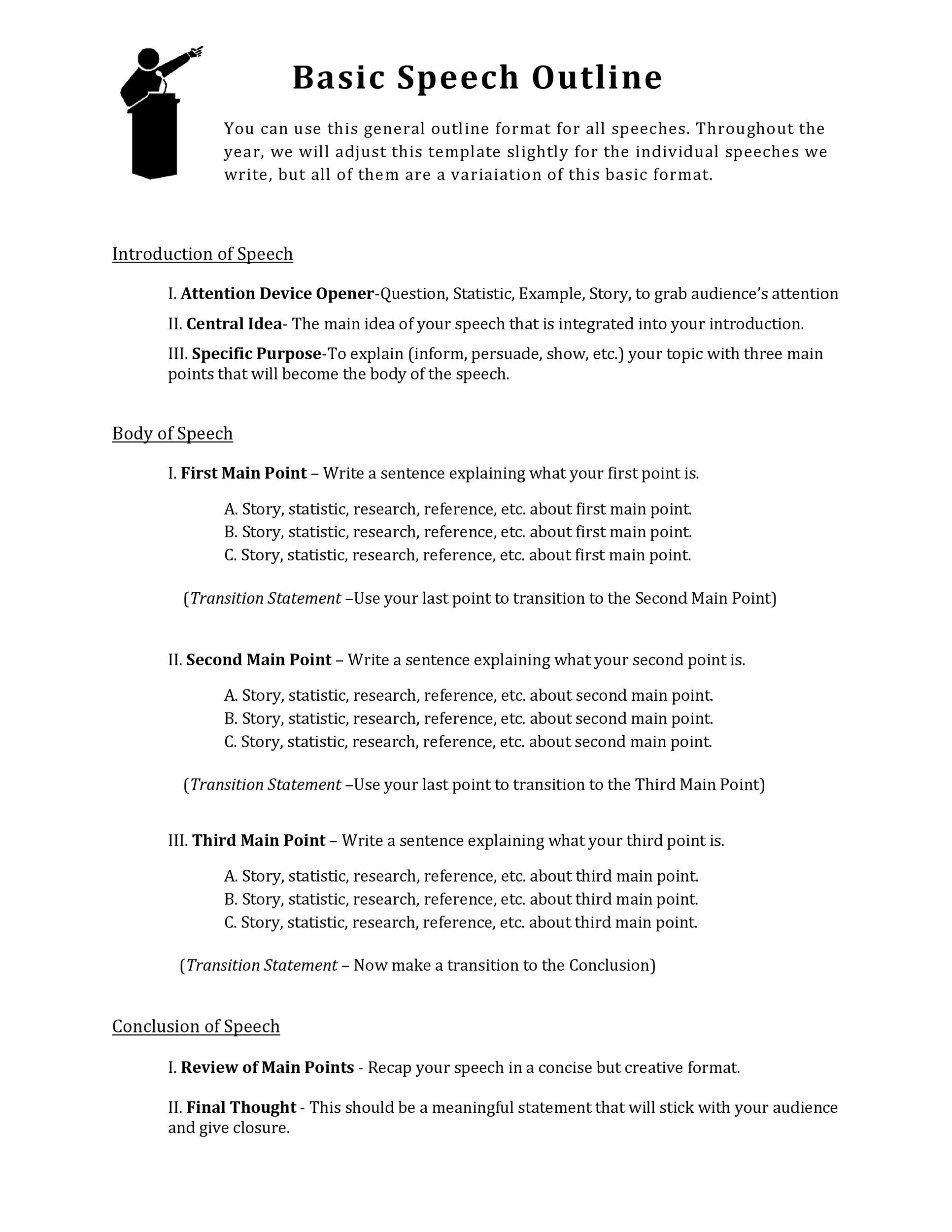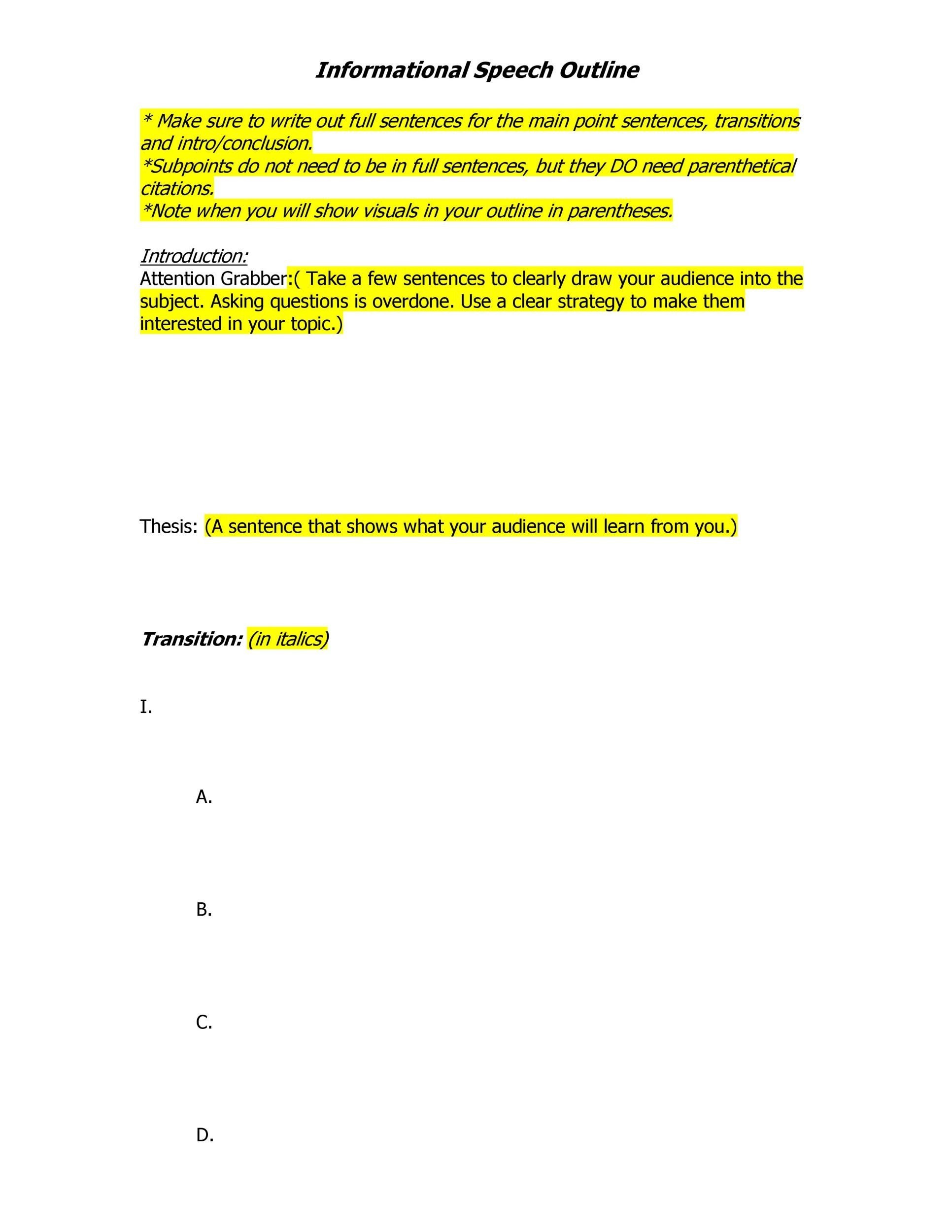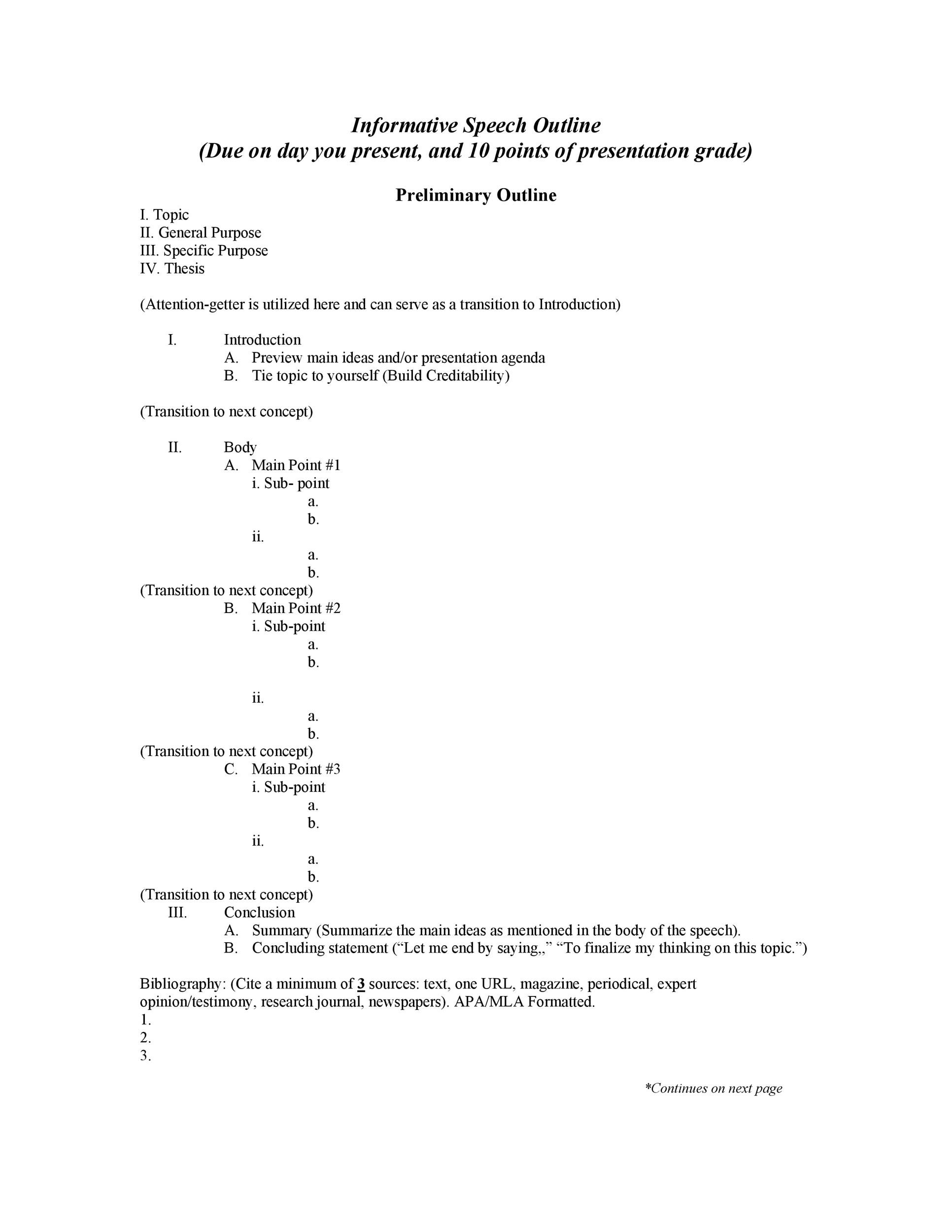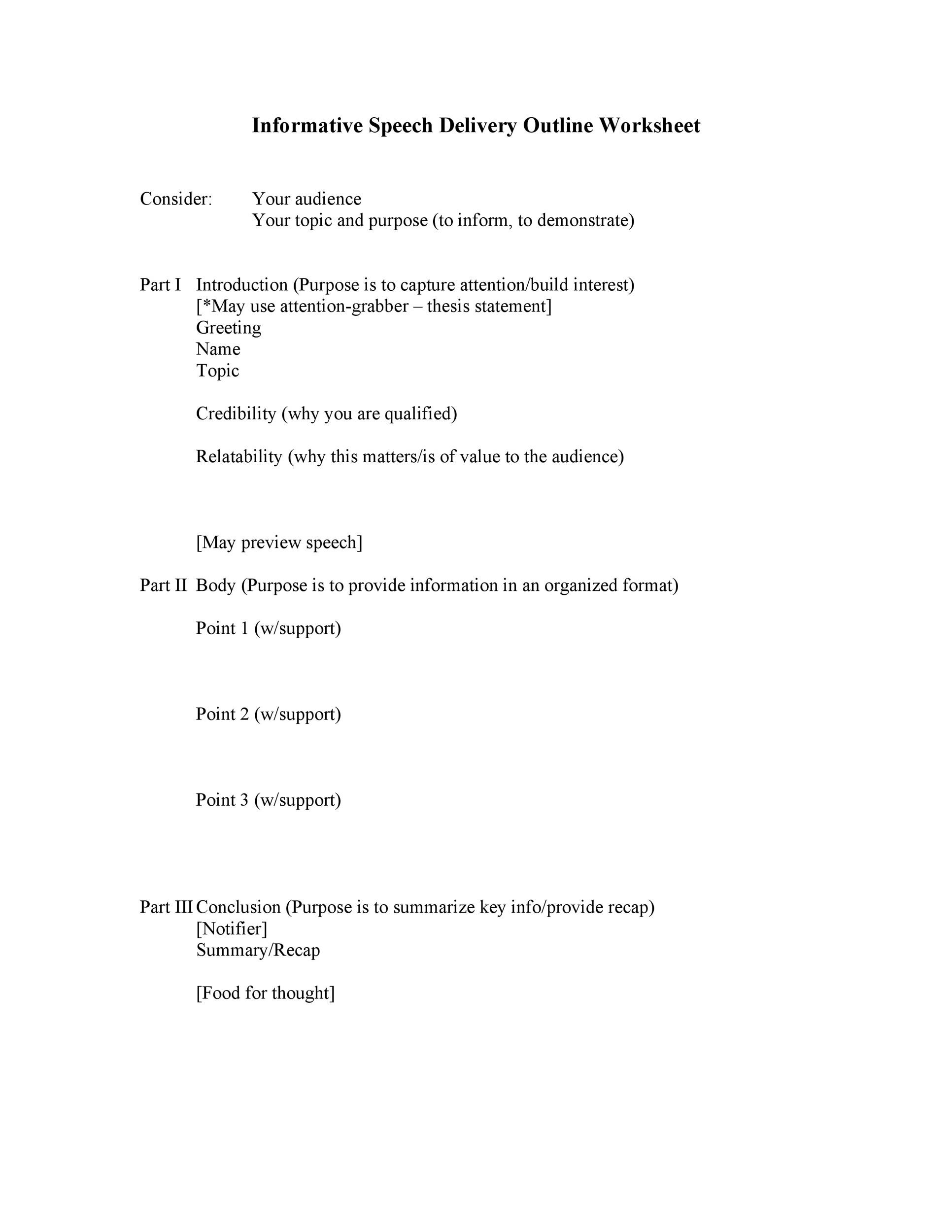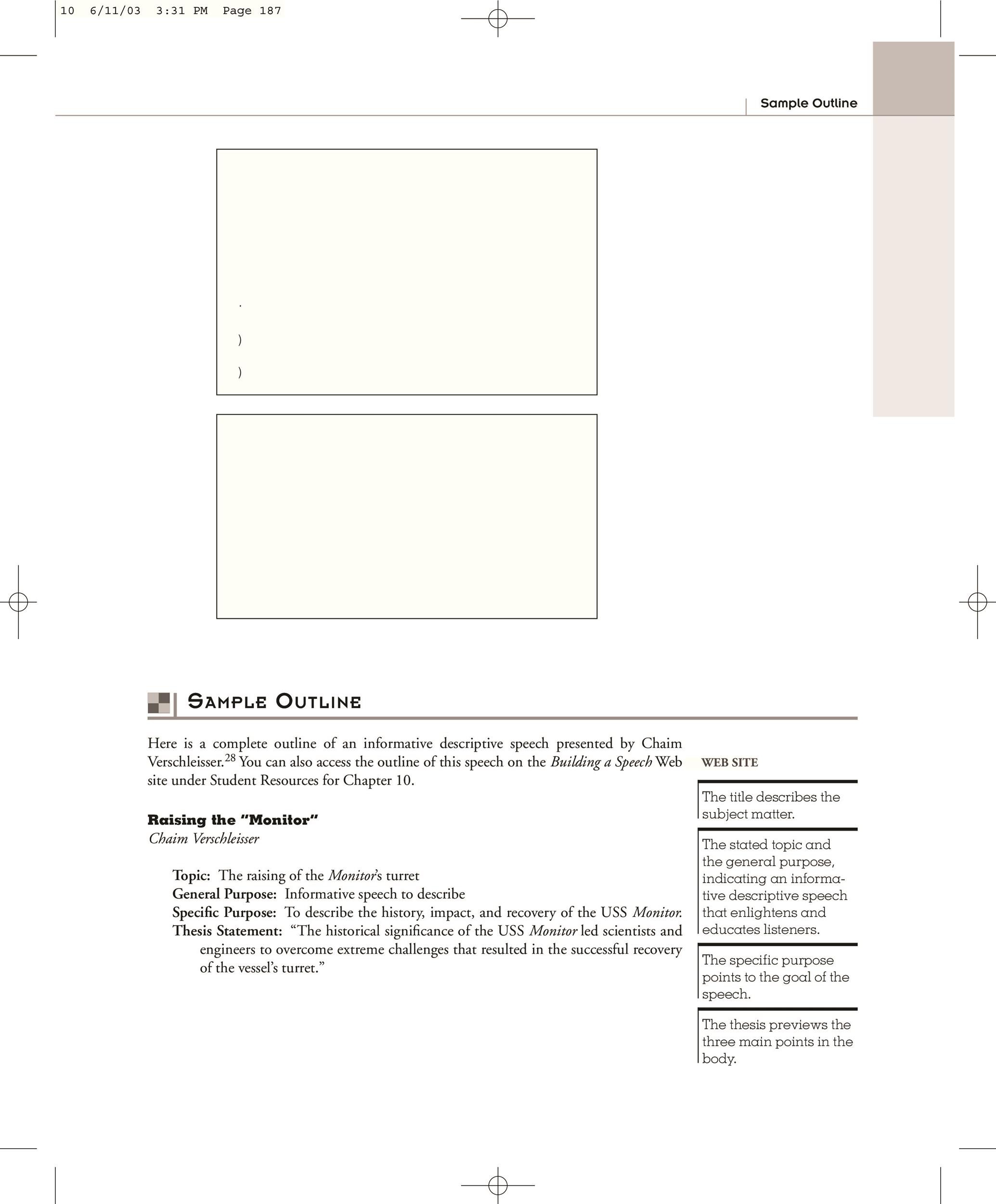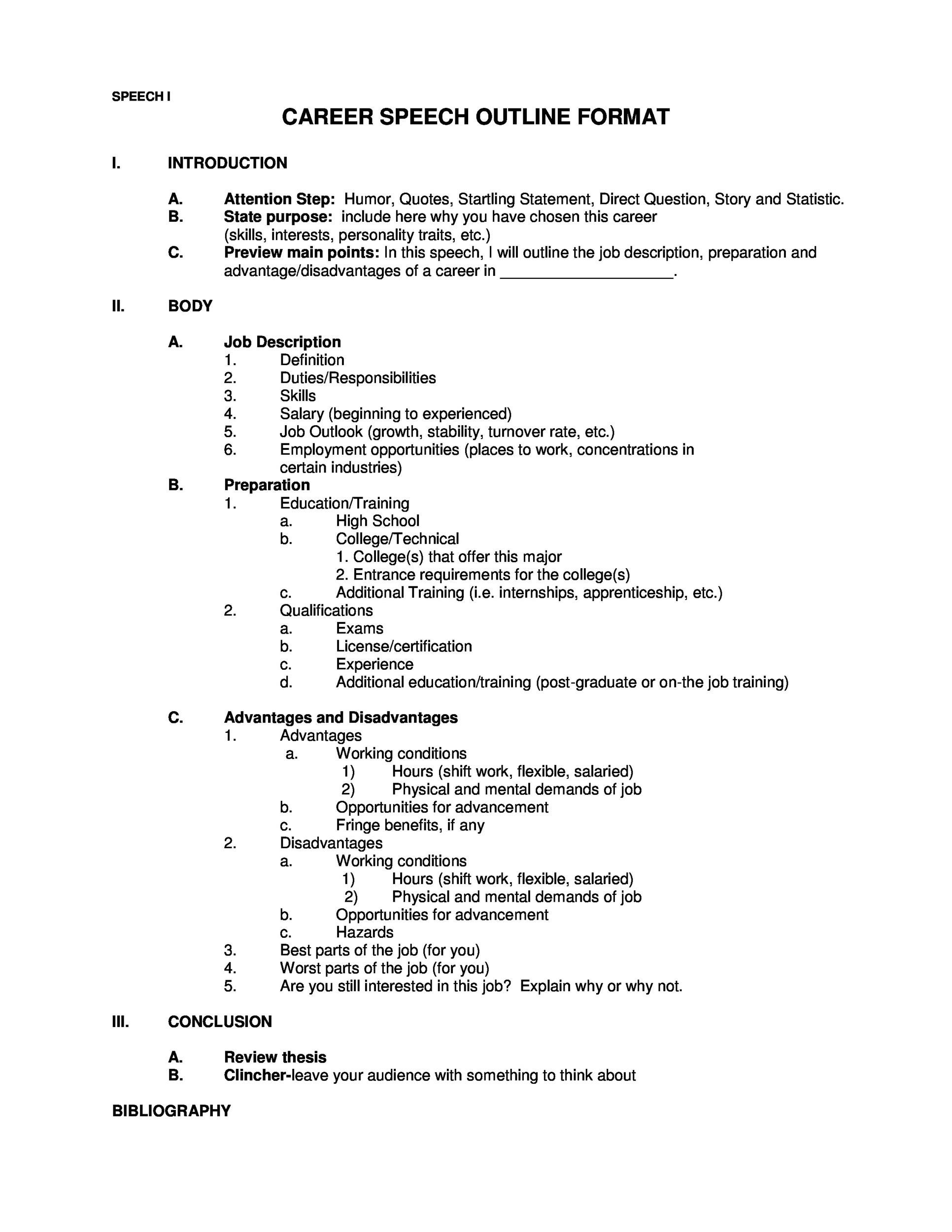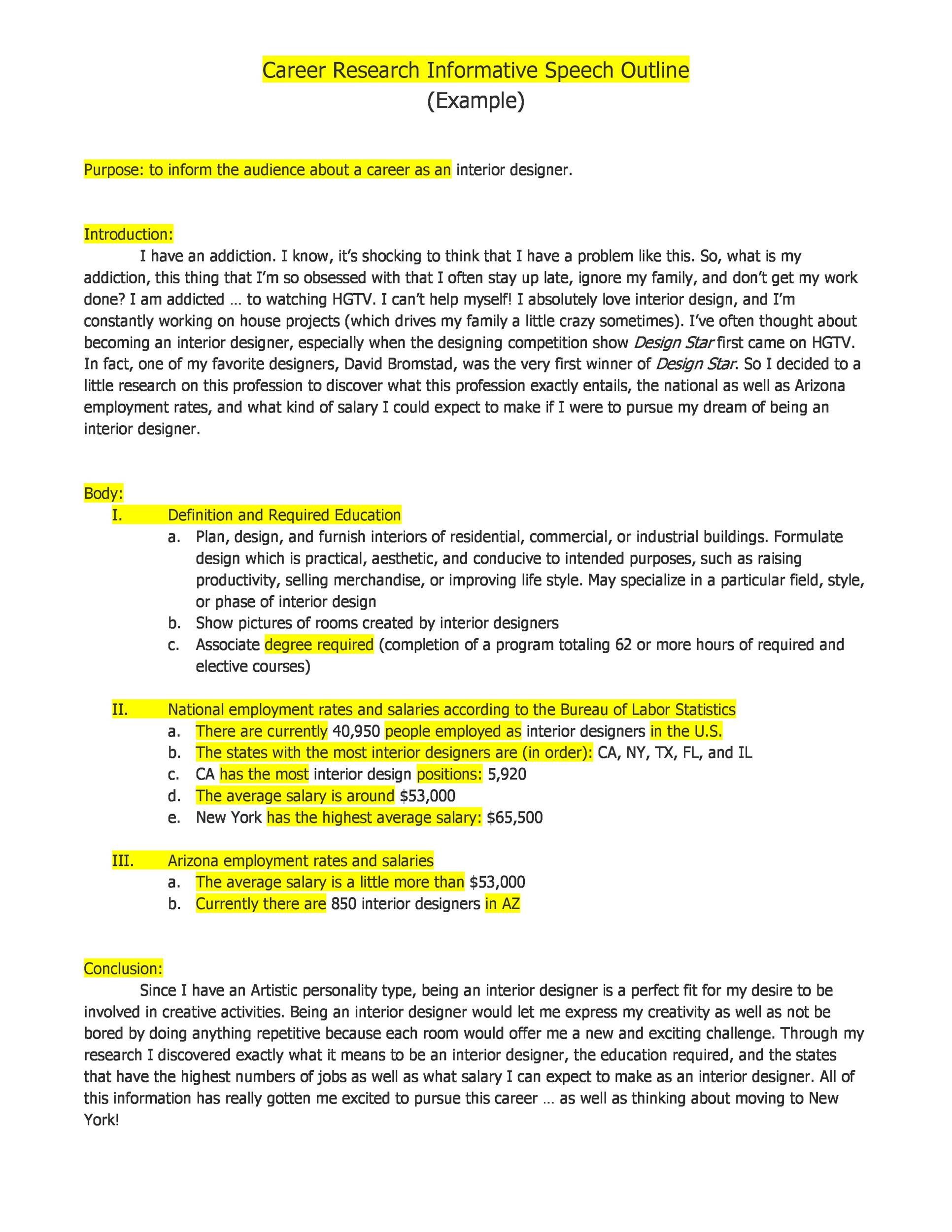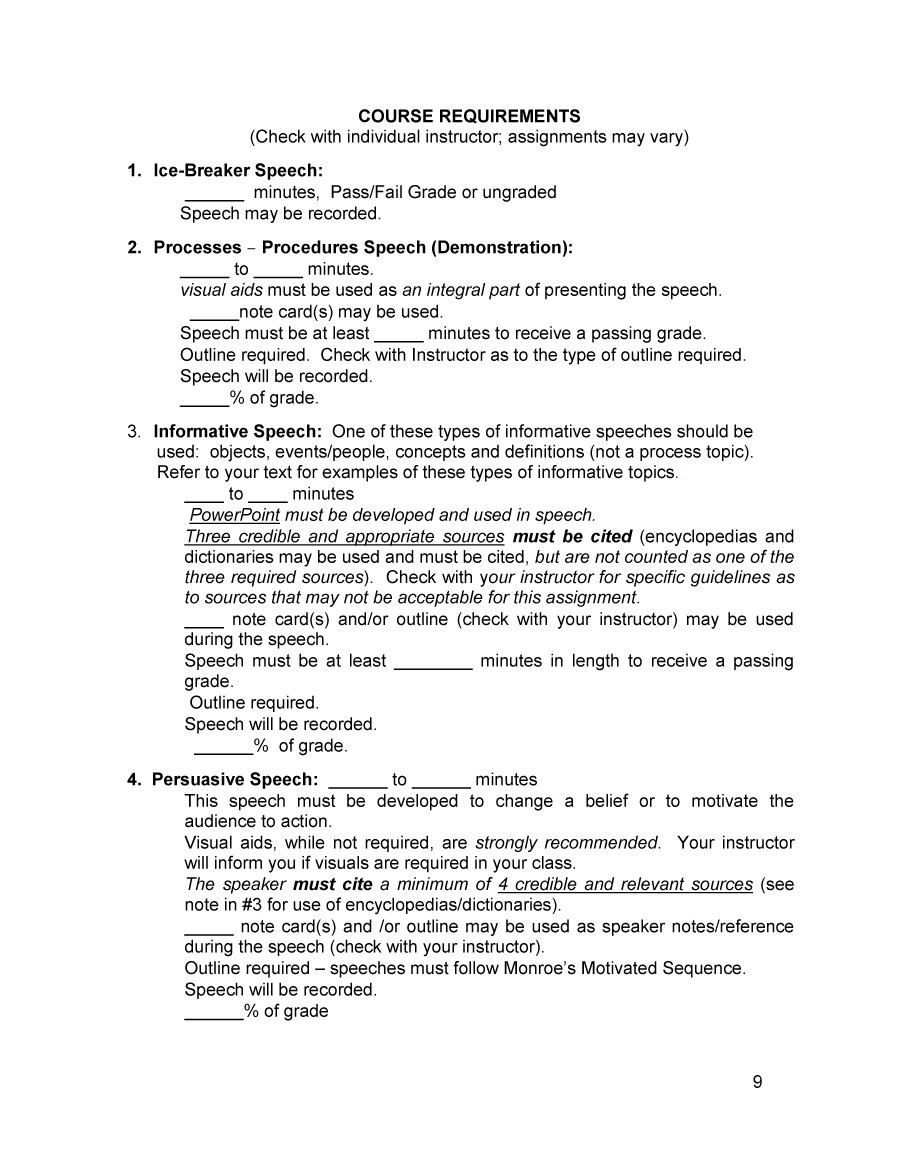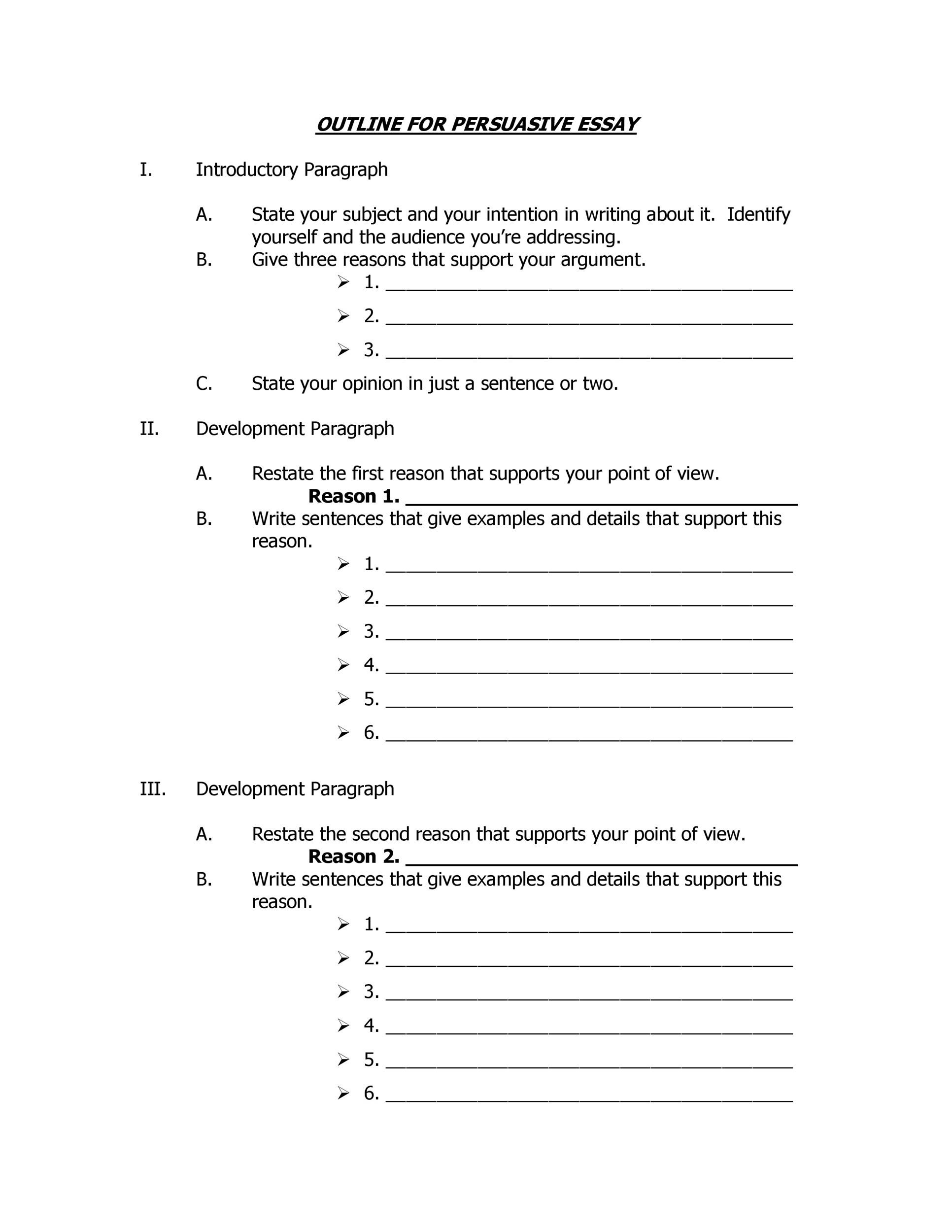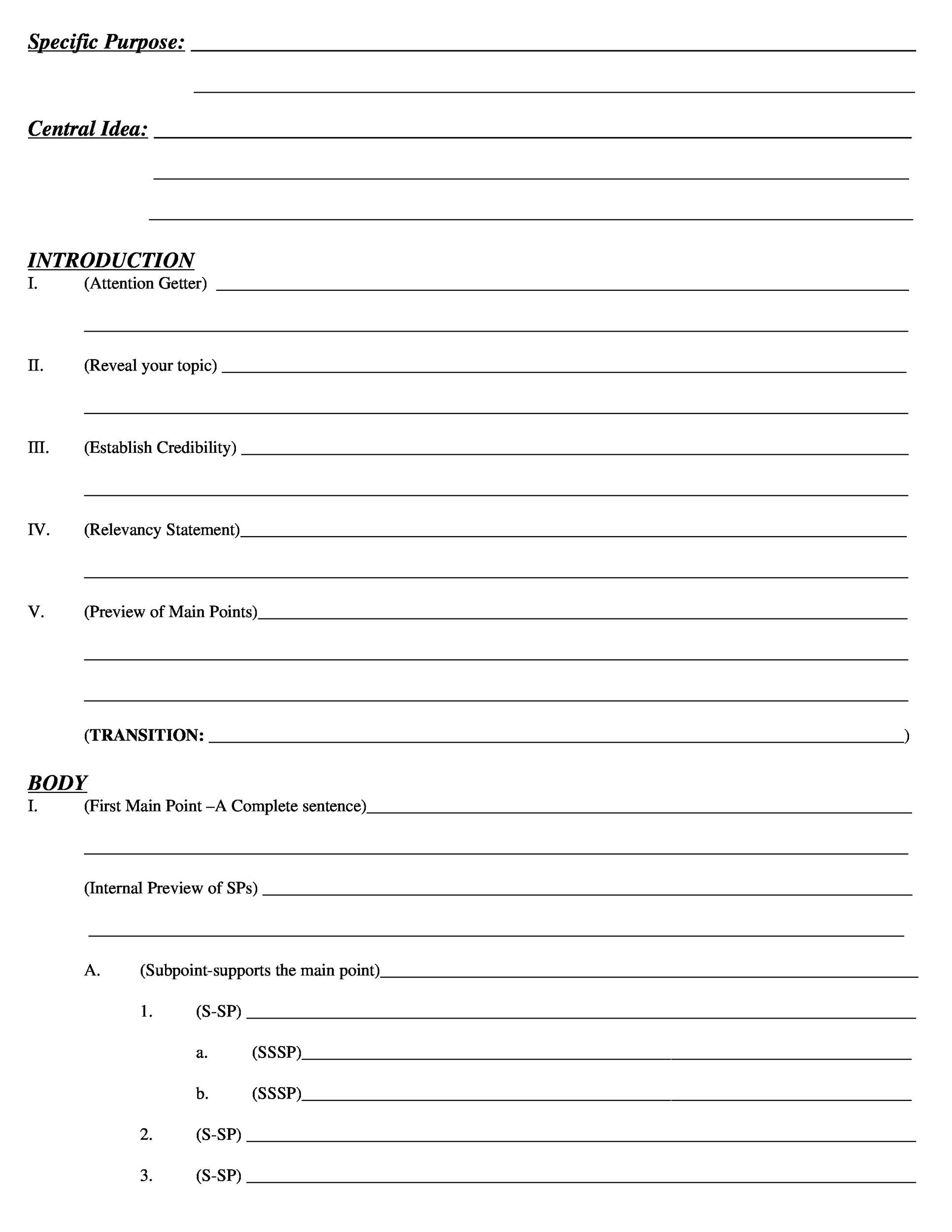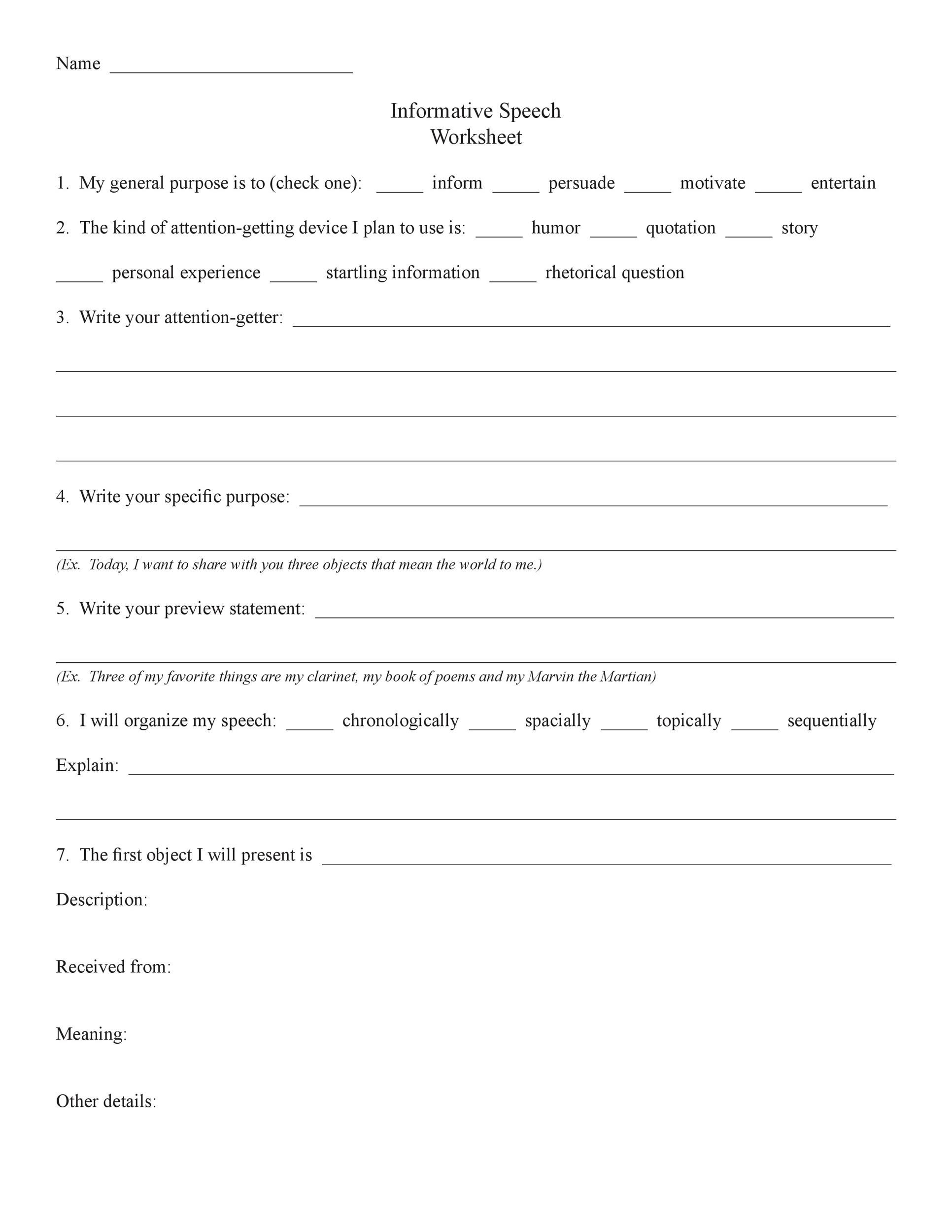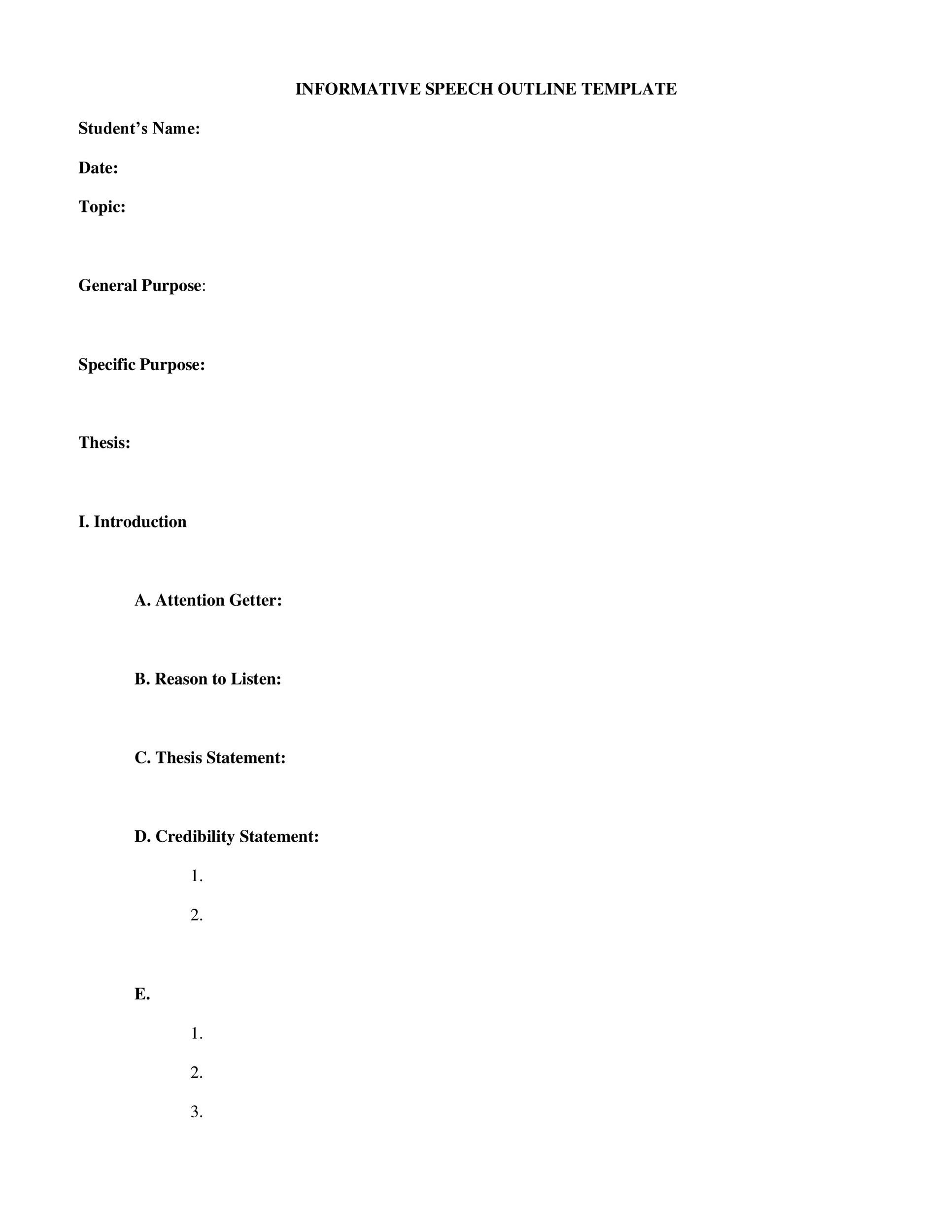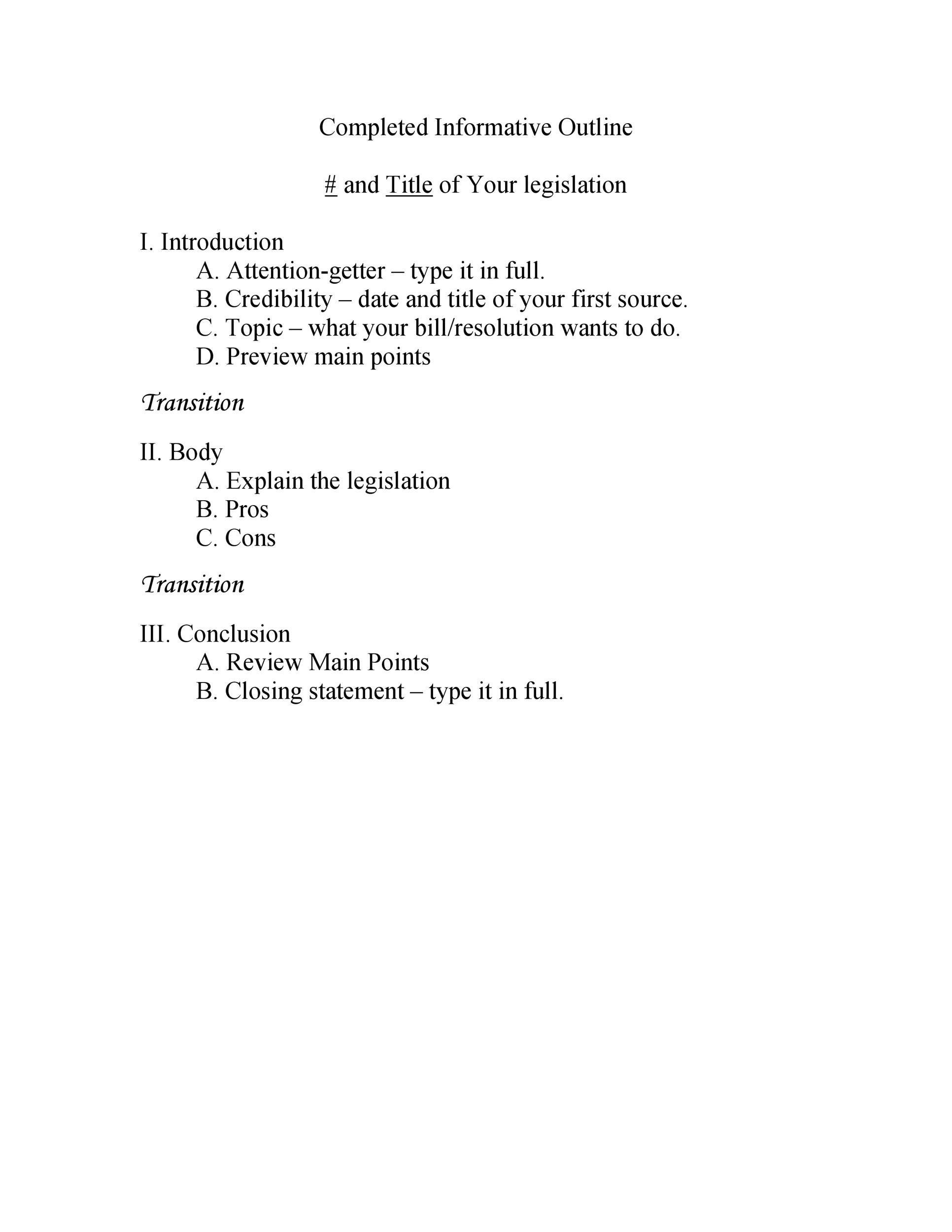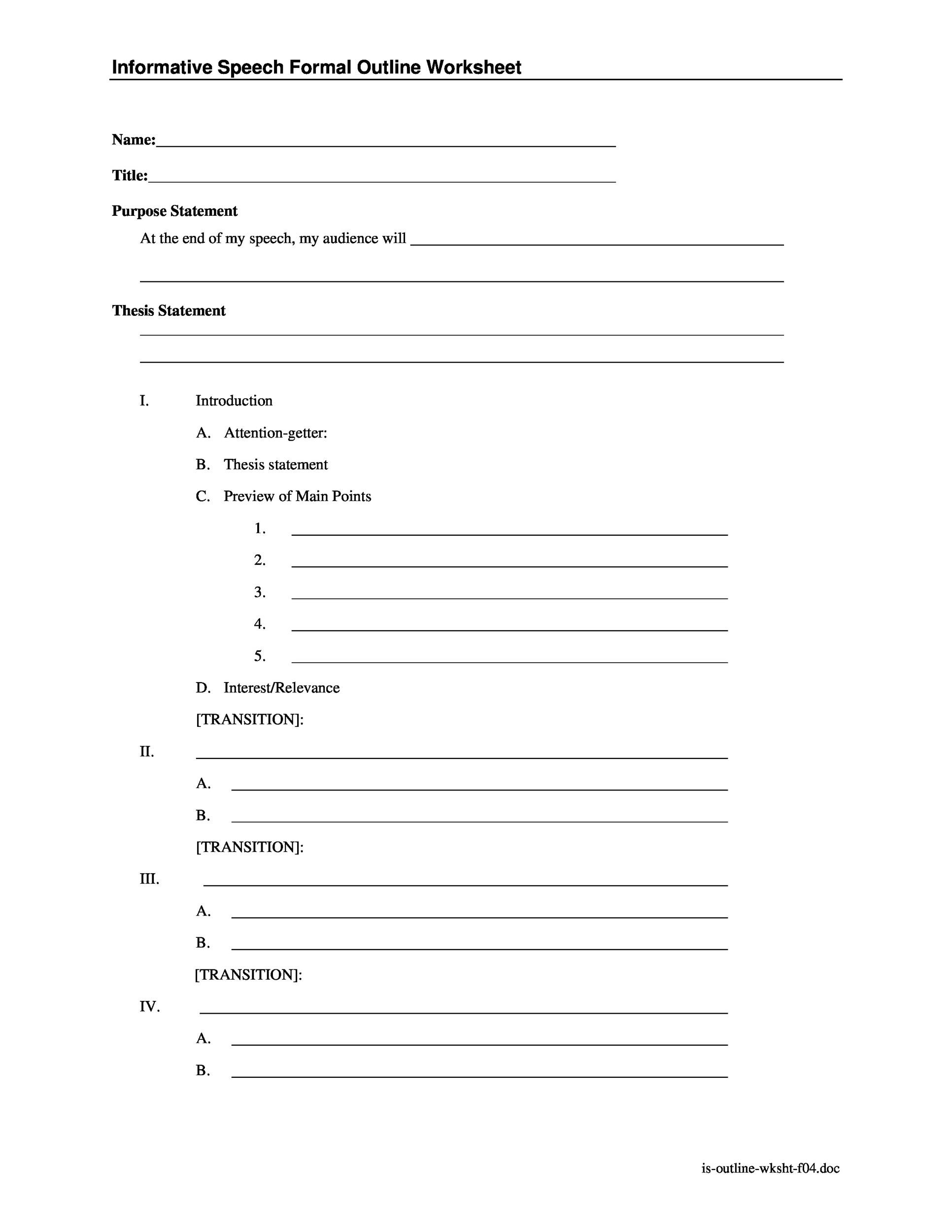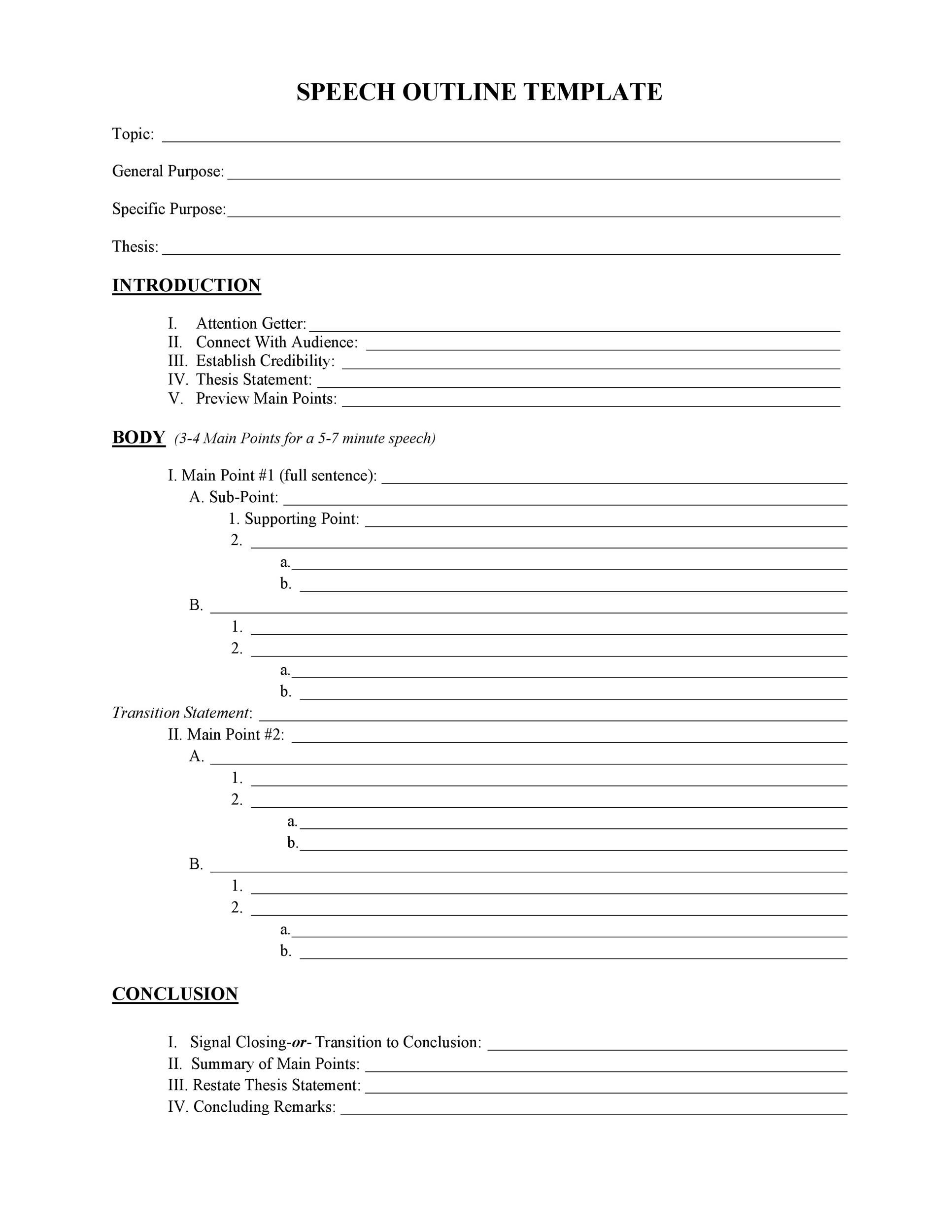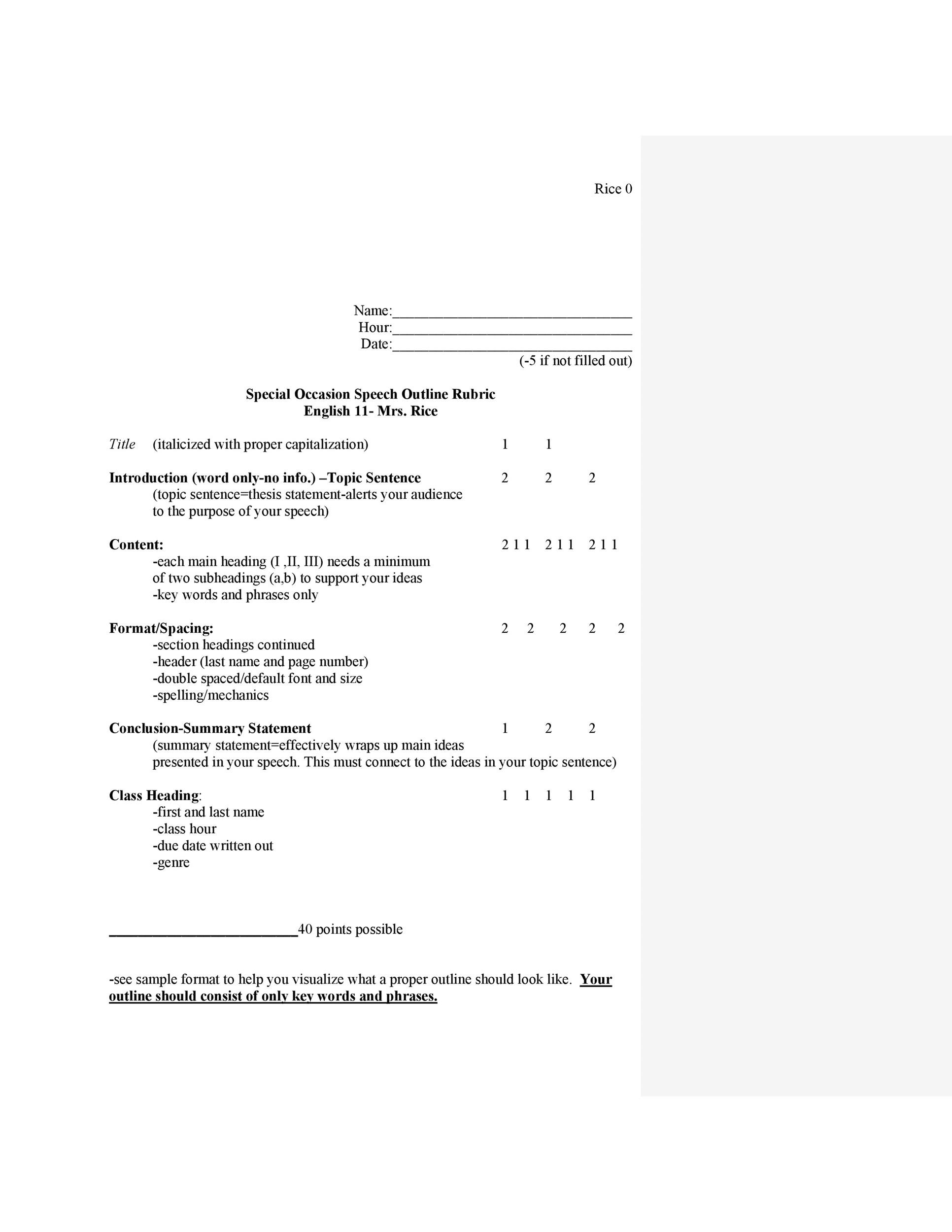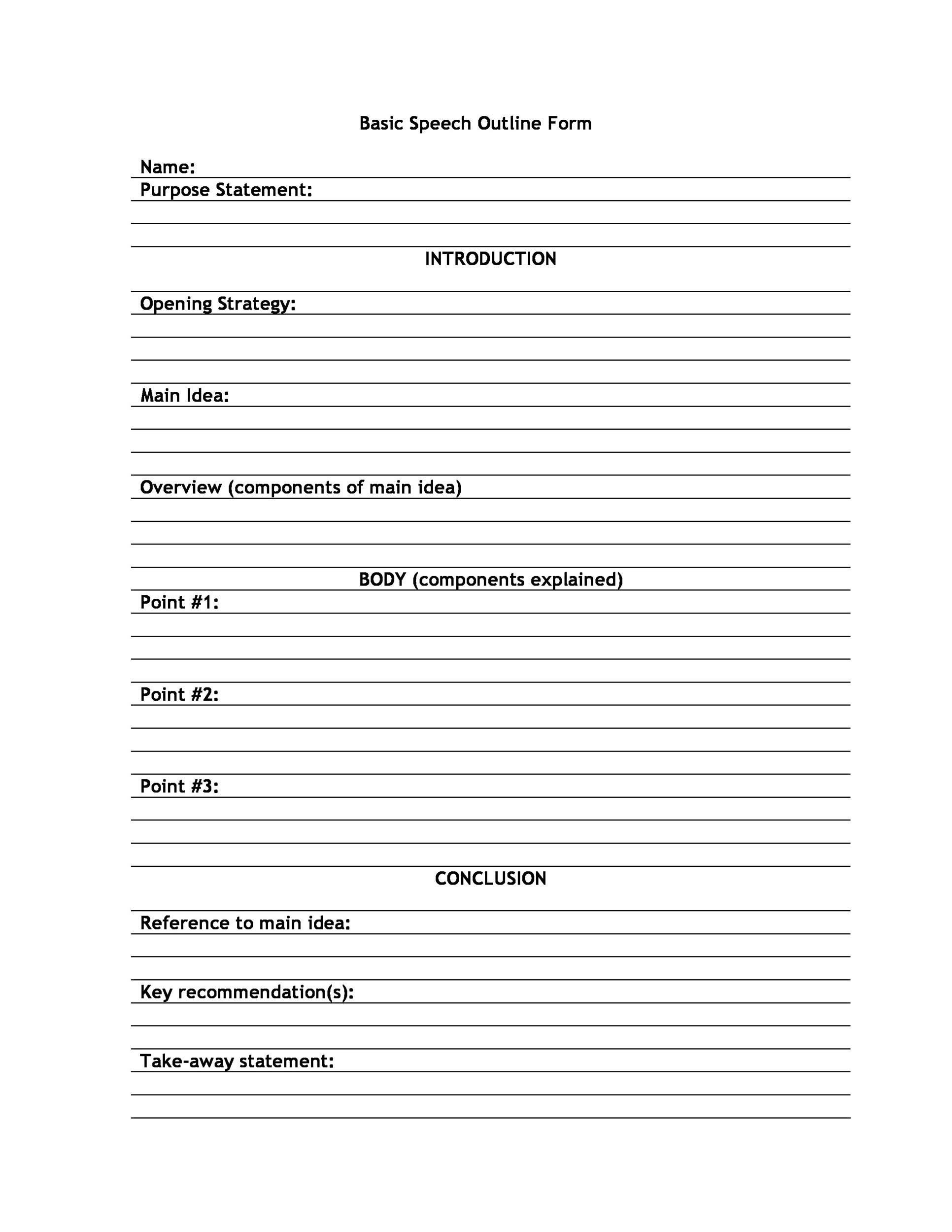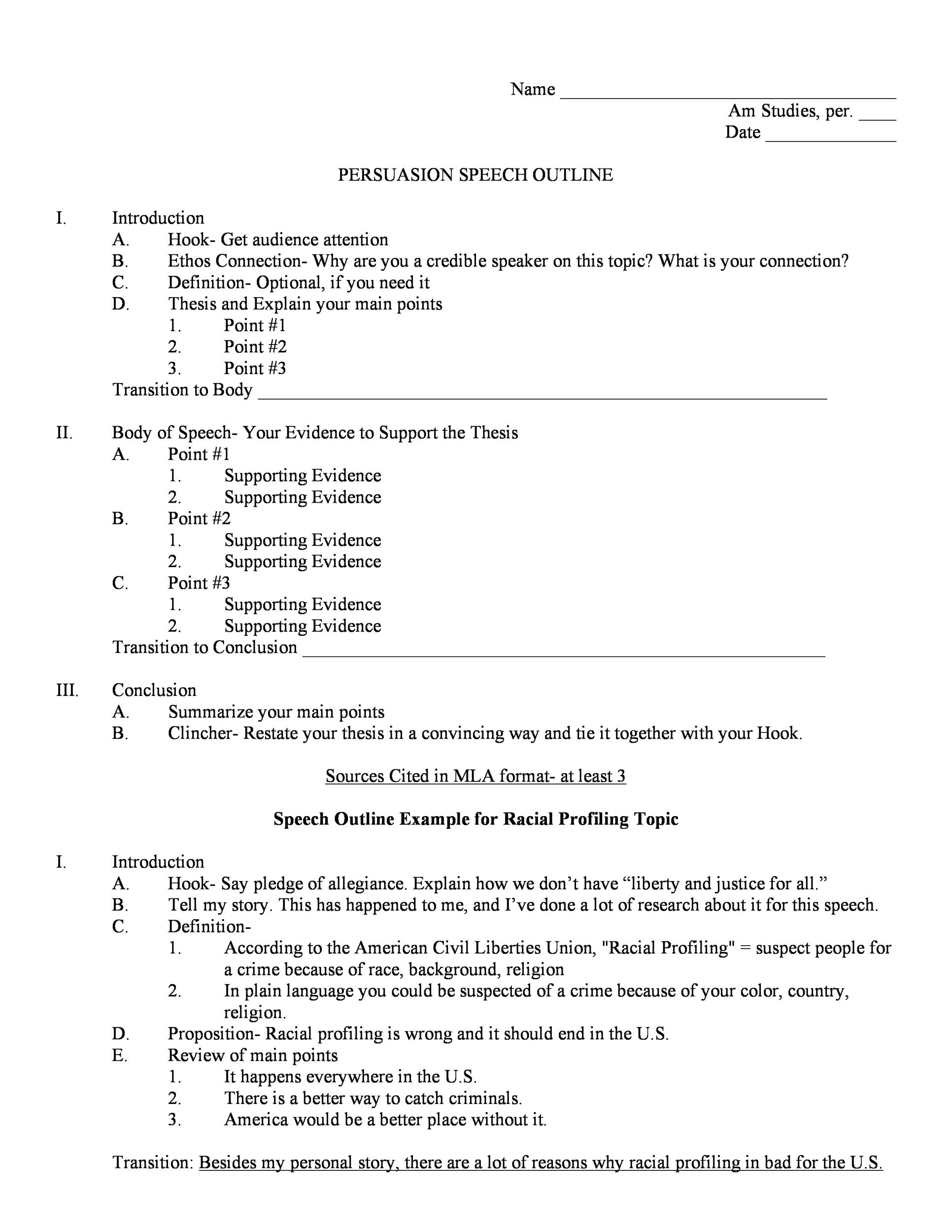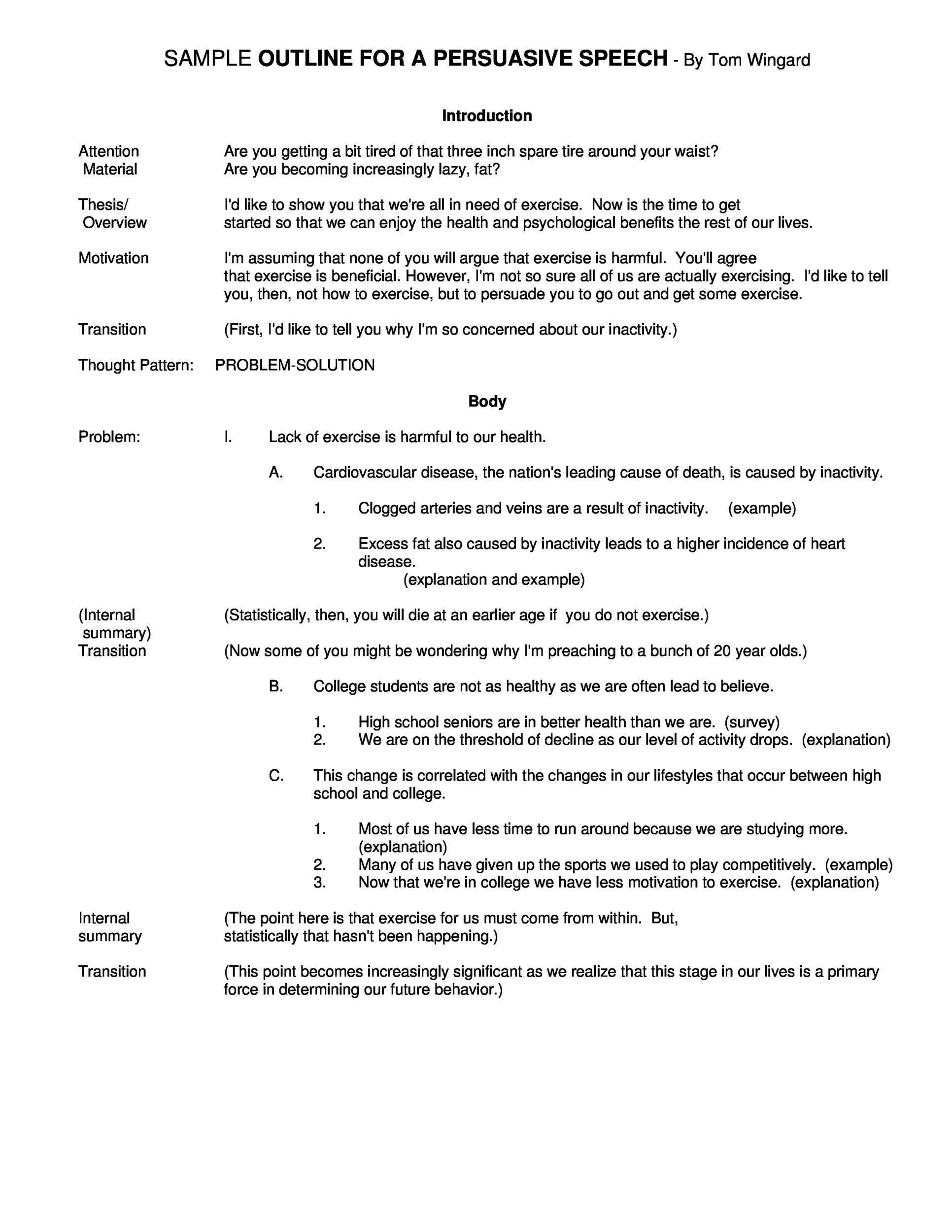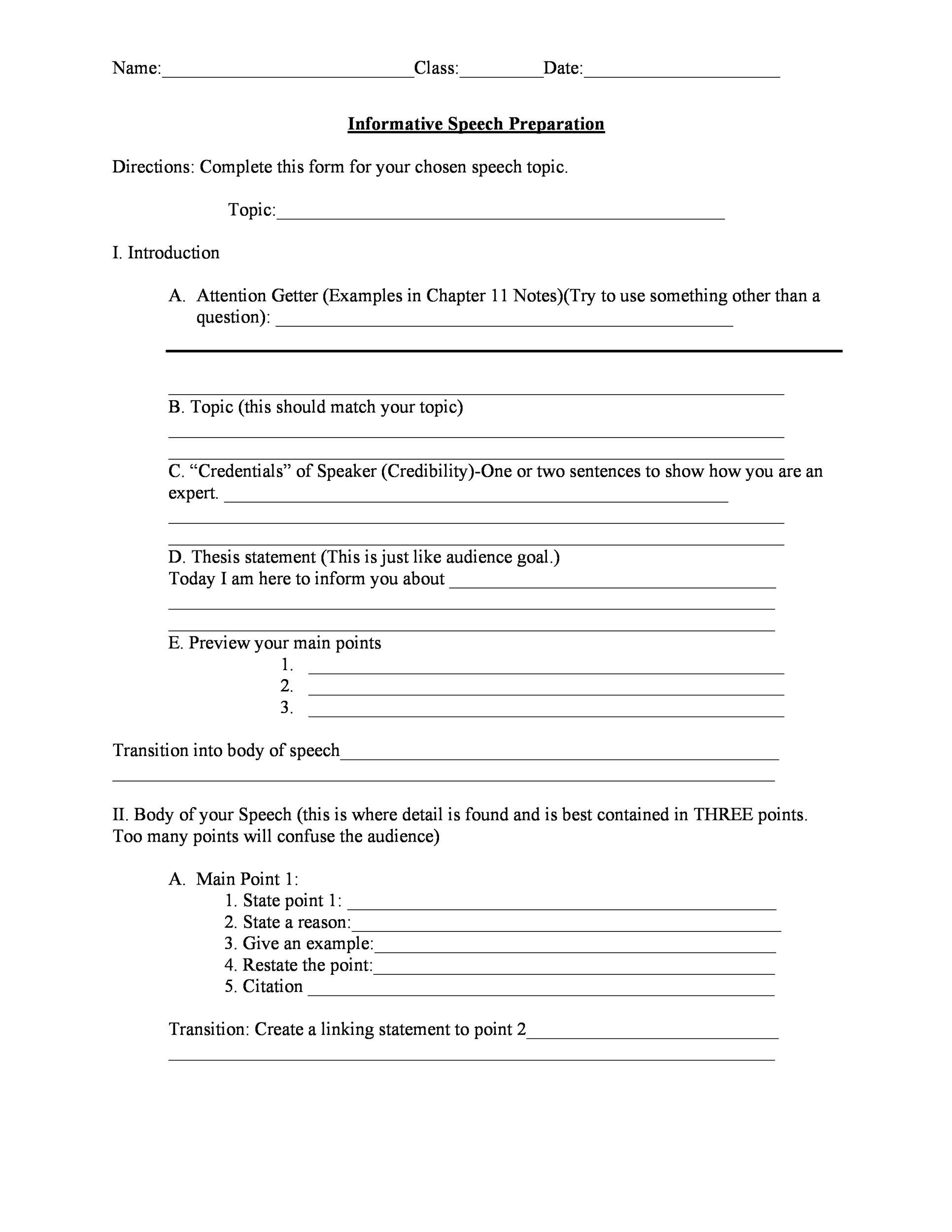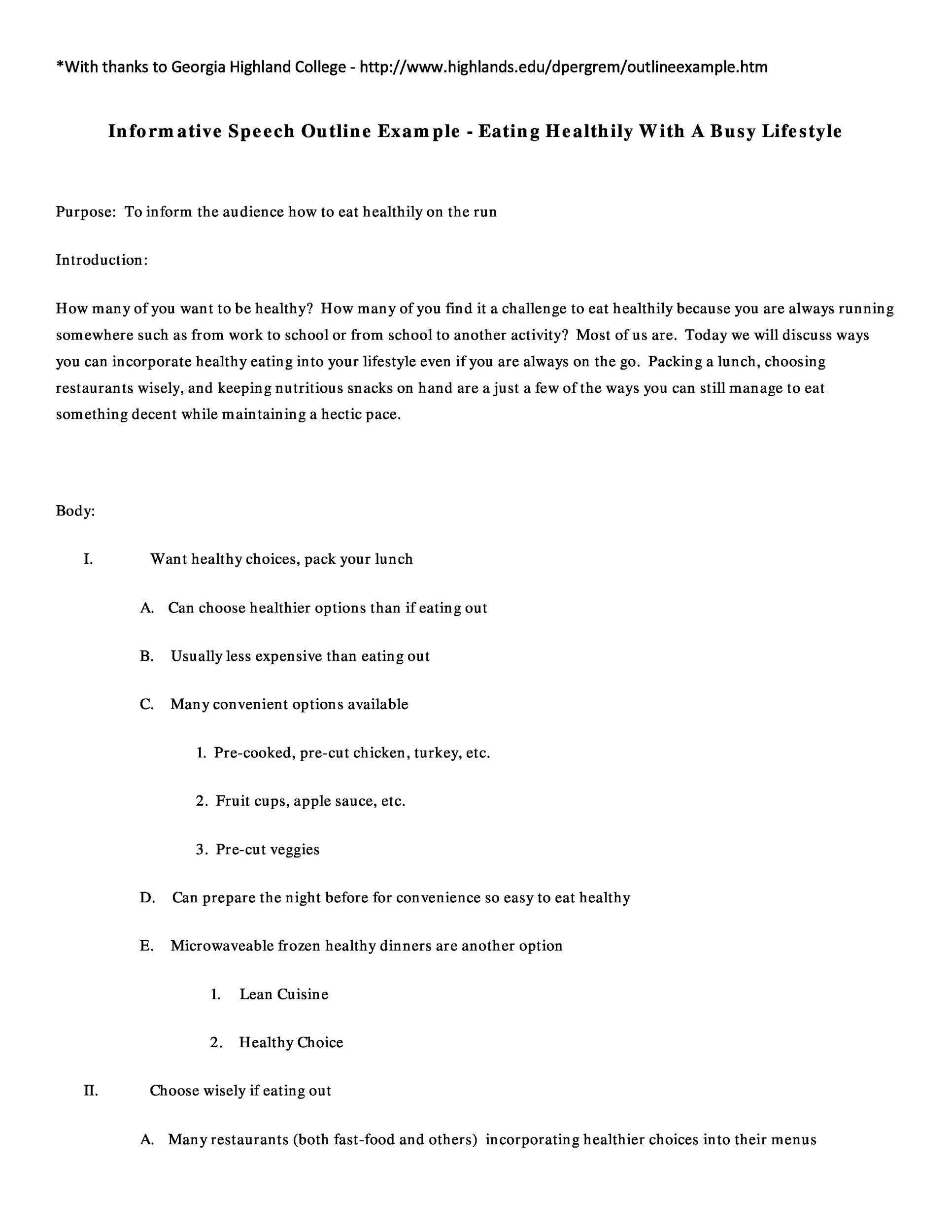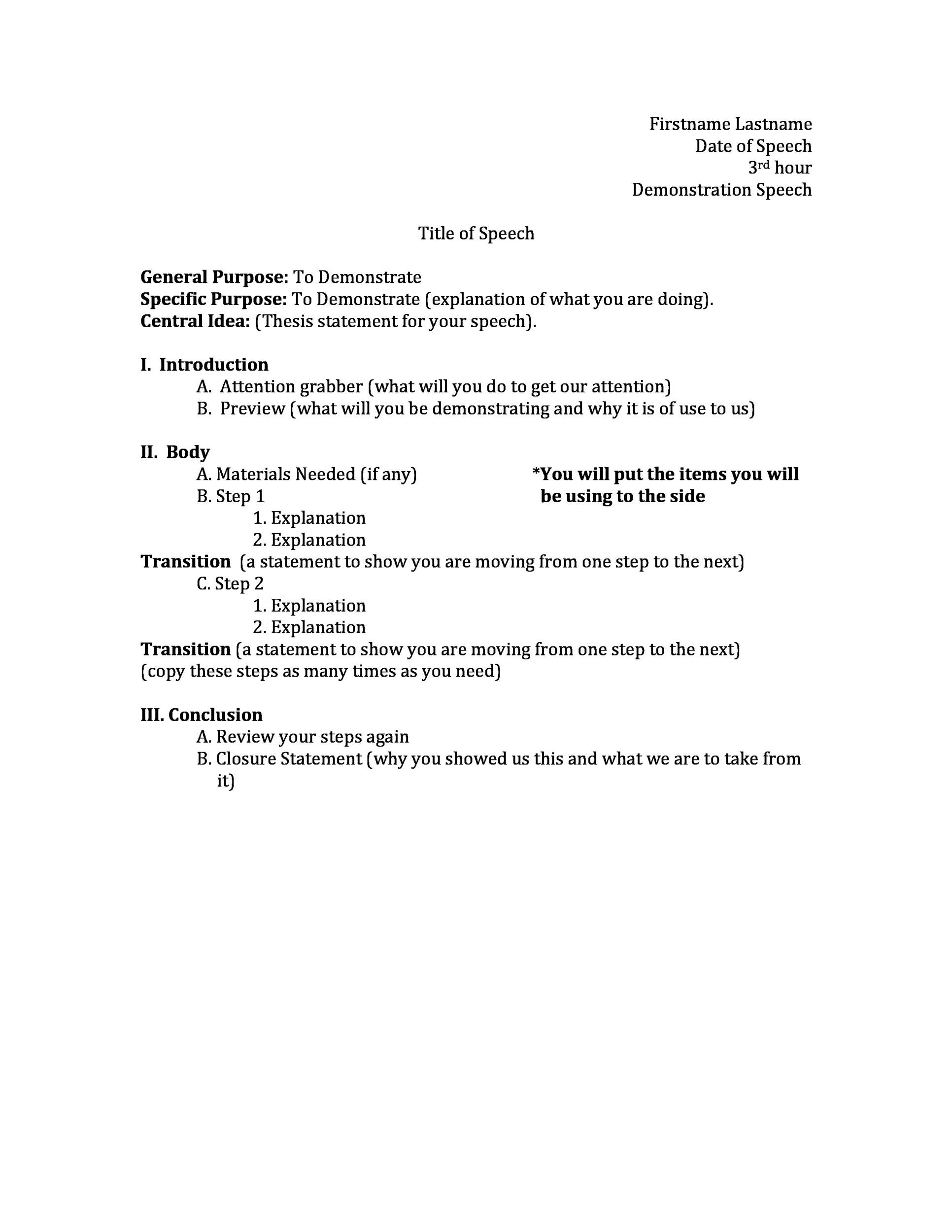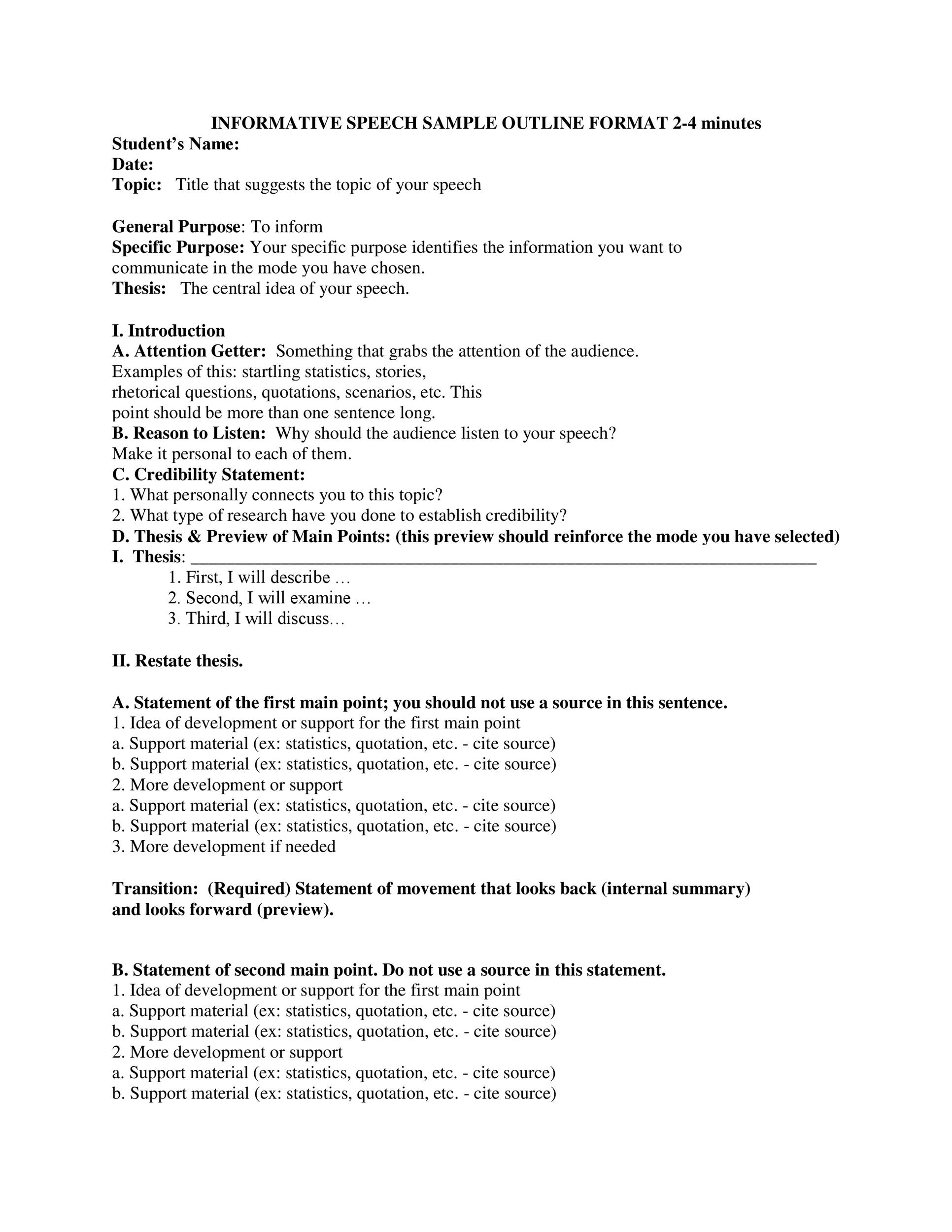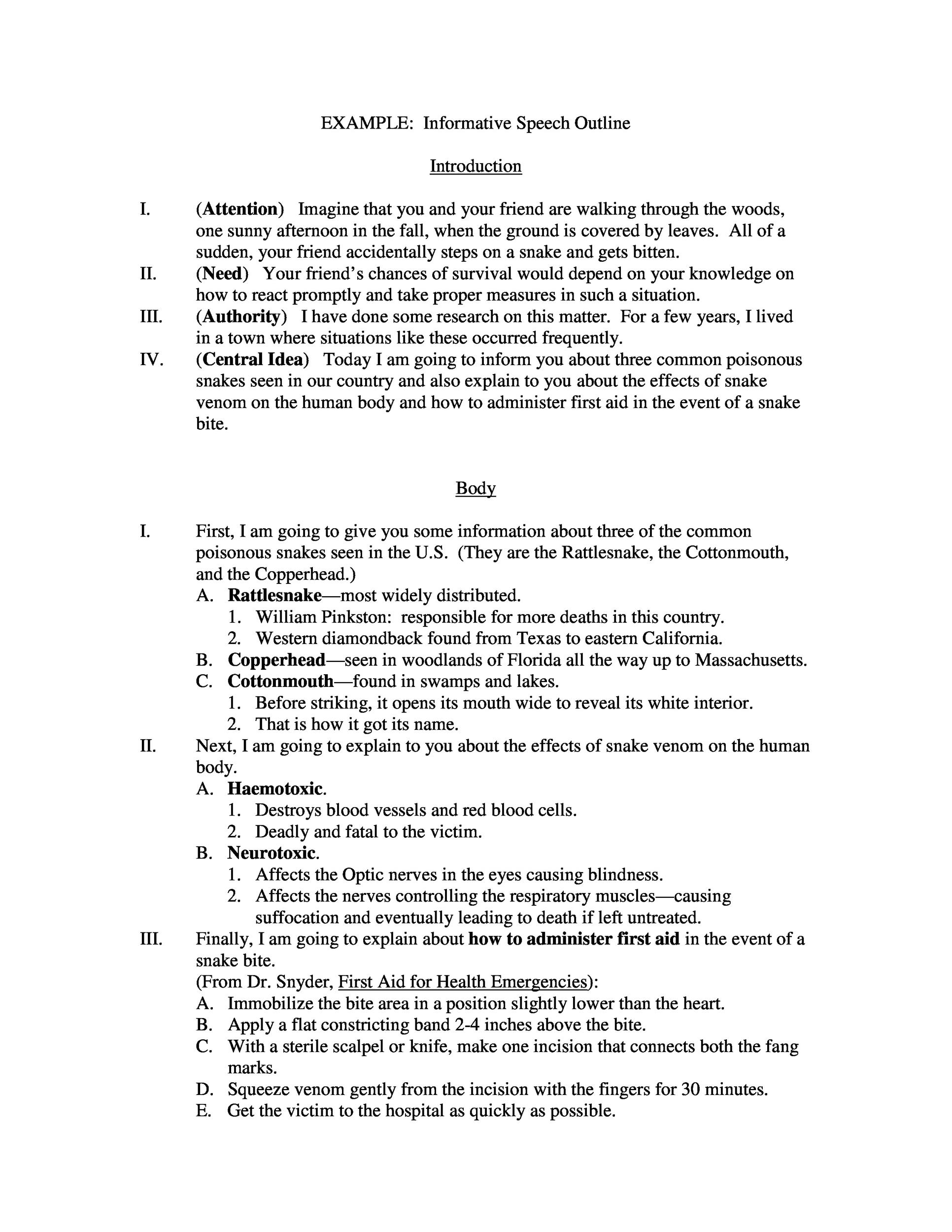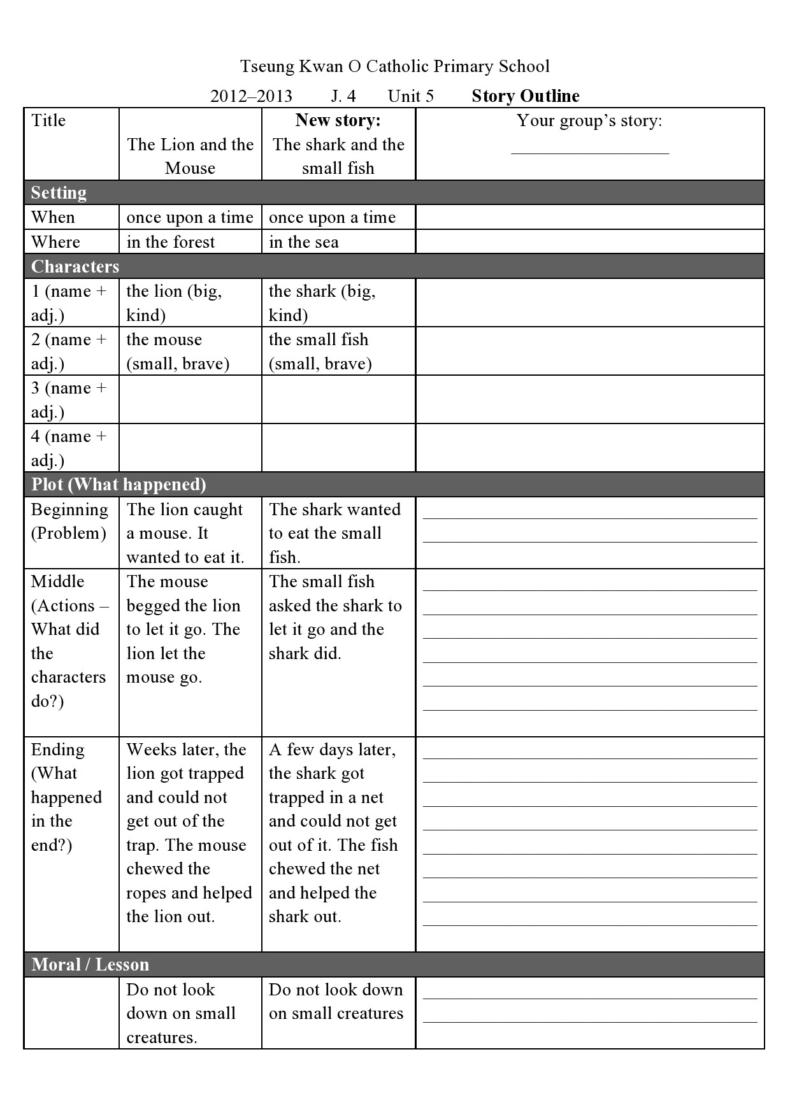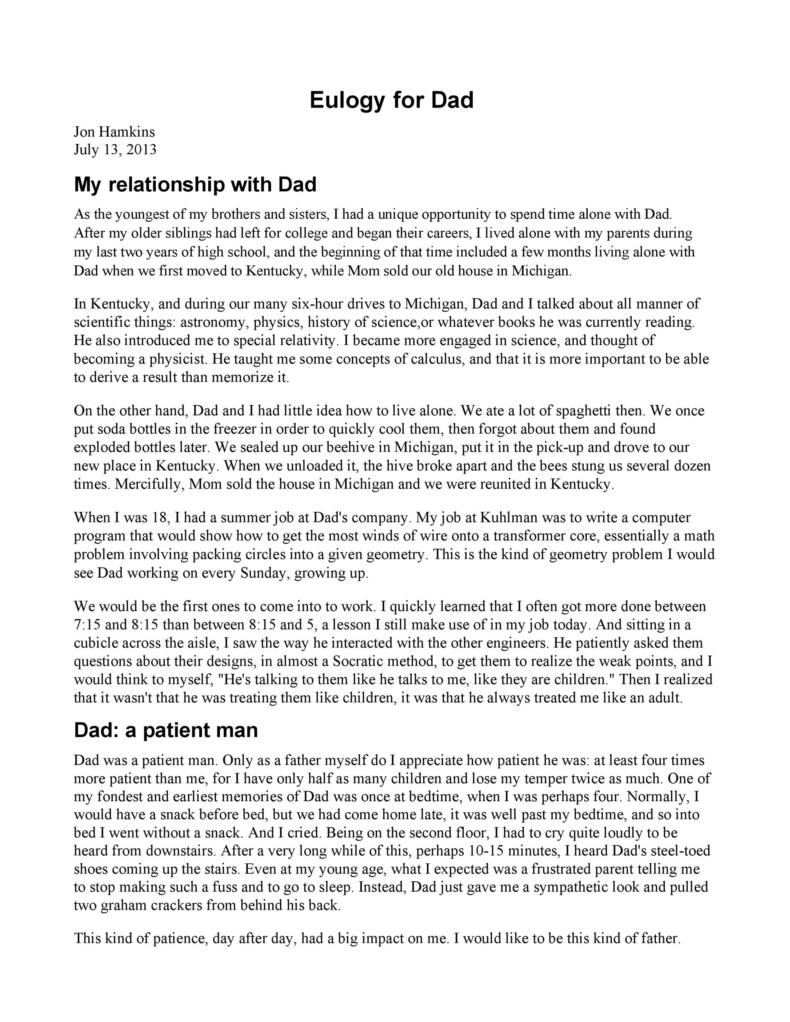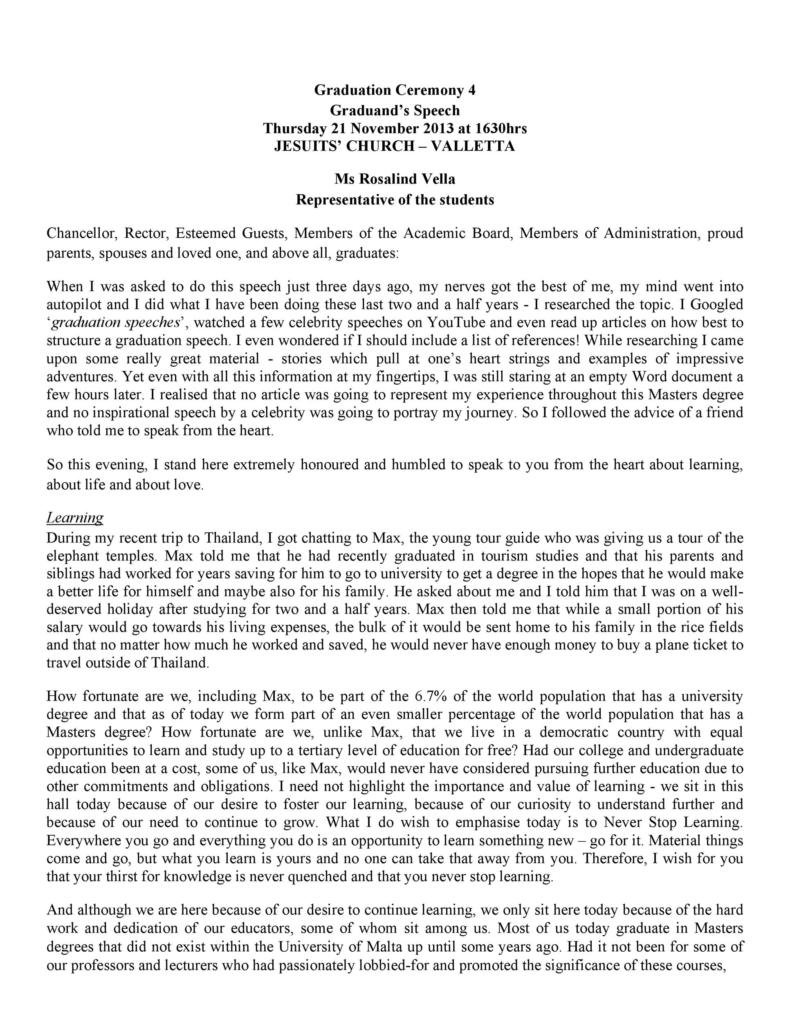Are you looking for ways to make your informative speech interesting? There are multiple ways through which you can make it sound interesting to your audience. If you are a student, you may have to write such kind of speeches every now and then. Besides students, business owners also have to come up with such kind of speeches for their audience.
Table of Contents
You can use multiple ways to enhance your informative speeches. In order to know more about informative speeches, its types, and how you can make it sound interesting, read through this article
Informative Speech Outline Examples
What is an Informative Speech?
An informative speech is a type of speech mostly based on facts and figure. The facts are presented in front of the audience to teach them about a specific topic. It is necessary for an informative speech to have reliable sources to support claims. At times, presenters think to add some life to their speeches by putting in visual aids, images or appealing photographs. This is done to ensure that the audience remains engaged and not get overwhelmed with just facts and figures. As the name implies, an informative speech likely focuses on the general information covering history, evolution and other necessary information in order to teach the audience about a specific topic. For instance, if you are giving an informative speech about baking bread, you can explain the history of bread, its evolution and how to bake it efficiently. Sometimes, people often think that informative essays and informative speeches are one as the same thing, but it is not so. Unlike informative essays, the presentation is the key element for informative speeches.
Furthermore, while giving an informative speech, your tone can vary. You can fluctuate your tone, raising your voice or talking normally. But most importantly, you should include credible sources to support your ideas and claims. The audience can become more knowledgeable on the subject. The speaker of the informative speech should be well-versed about the entire subject and able to answer the detailed questions that are asked. The speaker should do thorough research on the topic and should be able to defend their side.
Normally, there are four types of topics for informative speeches: concepts, objects, events, and processes. Like other types of speeches, an informative speech also has an introduction, body, and conclusion. So, make sure you do include all the parts in order to make the right kind of informative speech outline. If you are not sure about the informative speech outline, you can download the informative speech outline template. We have several different kinds of informative speech outline examples for you. Simply download any of them and edit it with your speech.
Additionally, informative speech is unlike the persuasive speech as it just highlights the facts and figures in order to draw upon conclusions. On the contrary, persuasive speech has certain opinions and conclusions in the speech besides the sourceable facts. An informative speech has limitless options. From fictitious to non-fictitious topics, informative speeches can be given on any kind of topic. But just make sure that you have enough knowledge about it. All in all, the main goal of the informative speech is to provide enlightenment about the specific topic the audience does not know about.
Types of Informative Speeches
Now that you have understood what actually informative speech is, you should also understand that there are different types of speeches. Check out the four types below.
Definitional Speech
In the definitional speeches, the speaker explains the meaning of theories, concepts, issues and philosophies that the audience may not know about. In such types of speeches, the speakers may begin by providing a history of the topic and background to the subject. Let’s continue the similar example which we mentioned above of baking bread.
Considering this example under this form of speech, the speaker would elucidate about what a bread actually is, the history of the bread, how it changed from time and what are the parts of a bread called. The speaker will give shape to such kinds of things throughout the speech.
Descriptive Speech
The purpose of a descriptive speech is to provide vivid and detailed information of a person, place, animal, or thing. Also, it is supported by a word picture. This kind of informative speech is different from the definitional speeches because it helps in determining the characteristics, functions, features and the key points of the topic.
For instance, if you are providing a speech on the famous Statue of Liberty in the United States, you should let the audience know all about its nuts and bolts. You should know what kind of material is used in order to make it, how it was made, what is its historical significance, why is it located on that spot etc. There are many things that you need to answer in these kinds of descriptive speeches.
Explanatory Speech
An explanatory speech is also known as a briefing. Explanatory speech is somehow like descriptive speech as both of them share the function of clarifying the topic. But these kinds of speeches mostly focus on reports of historical and current events, transformations, customs, inventions, outcomes, policies, and options.
Additionally, these speeches focus on the explanations more, considering how and why aspect most importantly. On the contrary, descriptive speeches do not go in too many details while the explanatory speeches go into depth.
Demonstration Speech
Demonstration speech type is also one of the informative speech types that help listeners determine how to accomplish or perform things on their own. This type of speech is based on demonstration. When speakers have to give this type of speech, they focus on the processes having a series of steps which has specific beginning and ending. These types of speeches are normally given to the audience who do not have any know-how about the product. For instance, if a representative is giving speech to the audience in public about a product, they would use demonstration speech approach.
Also, there are certain products that include set of tools and associated features. It can be quite challenging to write the demonstration speeches as they may include several objects, steps, features, related events or relationships. If you want to prepare this speech, you should first remember to keep safety of the audience in your mind. You should make sure that the tools or elements you are using do not hurt the audience.
For instance, if you want to give a demonstration speech using fire, make sure that you do it carefully. There have been many cases in history when demonstration speeches have gone wrong. So, you must ensure to keep the safety of the audience in your mind. Besides, if you want to write a demonstration speech, we have a template available for that too. Simply download it and edit the outline with respect to your needs.
Informative Speech Outline Templates
Checklist for Your Informative Speech
According to a research, when you give speech to the audience, words are the least important part while communicating. As per the study, when you do face-to-face conversation with others, you need to focus on your actions. Here are some elements that you need to take care of. Find the checklist for your informative speech below.
Eye Contact
Your audience will get bored if you just read through the text on the presentation. This would not help the audience in understanding the speech you are giving to them. A good speech is the one which is supported by proper eye contact and is accompanied with good presentation skills. Also, according to a study, effective communication is based on trust.
Your audience will trust you if you make an eye contact with them. You should see into the eyes of the audience in order to evaluate if they are interested and grasping the idea or not. The cooperation increases when we watch the audience. When you would make an eye contact, it would increase trustworthiness and also encourage future cooperation.
Tone of Your Voice
In addition to making an eye contact, the tone of your voice is equally important when it comes to giving a speech. Your audience will not be interested if you give the speech in a monotonous tone. Also, informative speeches may also get dull due to the facts and figures in it. Along with the tone of your voice, the facial expressions also matter.
According to experts, if the tome remains the same, neural dissonance takes place inside the brain causing confusion in the person. In order to express joy, your voice should become increasingly melodic and when you want to portray sadness, you can shift your tone to monotonic. There is a lot of variability in both, the speed and tone.
Expressive Hand and Body Gestures
Hand and body gestures also play a very important role. Your audience would get really very bored if you stand straight in one position and do not use your hand and body gestures. The gestures are really very important as they help in the comprehending the language. Audience’s brain would want both, your sound as well as your body movements in order to accurately perceive what is meant.
According to a research, if our gestures and words are dissimilar, it will likely create a confusing state for the listener’s brain. So, you need to ensure that you use your hand and body gestures during your speech but make sure that you do it at the right time. We would suggest you to practice speaking in front of the mirror and use your hands in order to describe the words that you are going to speak in front of the audience.
Informative Speech Samples
Tips for Your Informative Speech from a Professional
If you want to write an effective informative speech, then you should be following the tips below by the professional.
- You should be providing information in every minute of your speech. There should not be any filler texts or information. An informative speech is made for the core reason to make every minute worth for the audience. Keep in mind that you are not trying to impress them; you are just trying to provide them information during your speech.
- In addition to providing information to the audience, you should also give examples of real world situations so that your audience can relate to the information on practical basis. You are just there to help your audience learn information.
- Make sure that you make an eye contact with your audience in order to help them trust you. Remember that your goal is to educate the audience and make them believe in what you say.
- You should be quite sincere and credible about the speech you are giving to your audience. You should not put the information that you think is not reliable.
- At the end of the information speech, you should be ready to ask questions. Or let your audience know that you would ask them in the end so that they stay prepared by the end of the session.
Informative speech outline is readily available on our main website. If you are looking for informative speech outline template of any type, you can download it from our main website and use for your effective informative speech. We hope our templates help you in giving the best speech.

